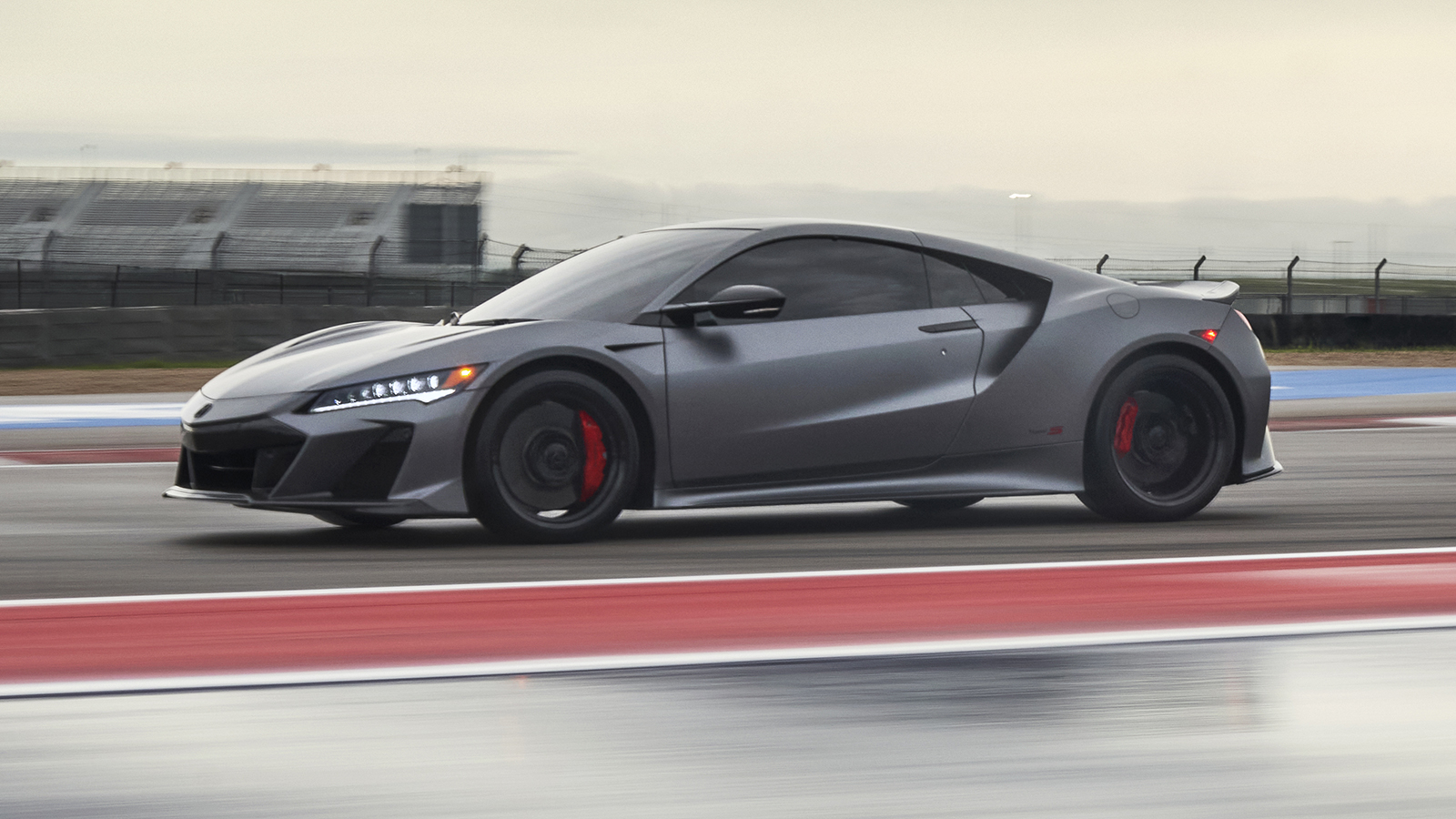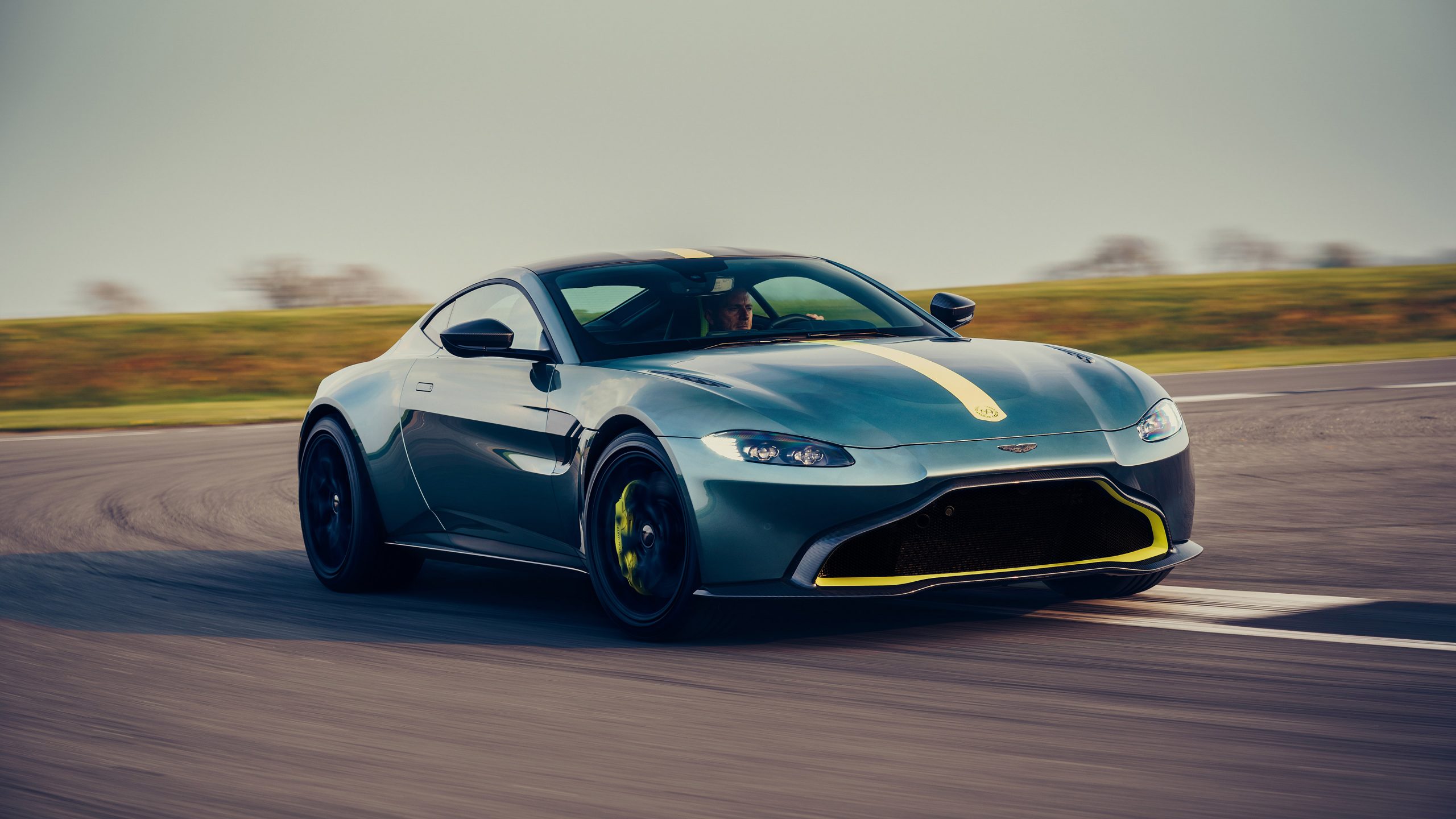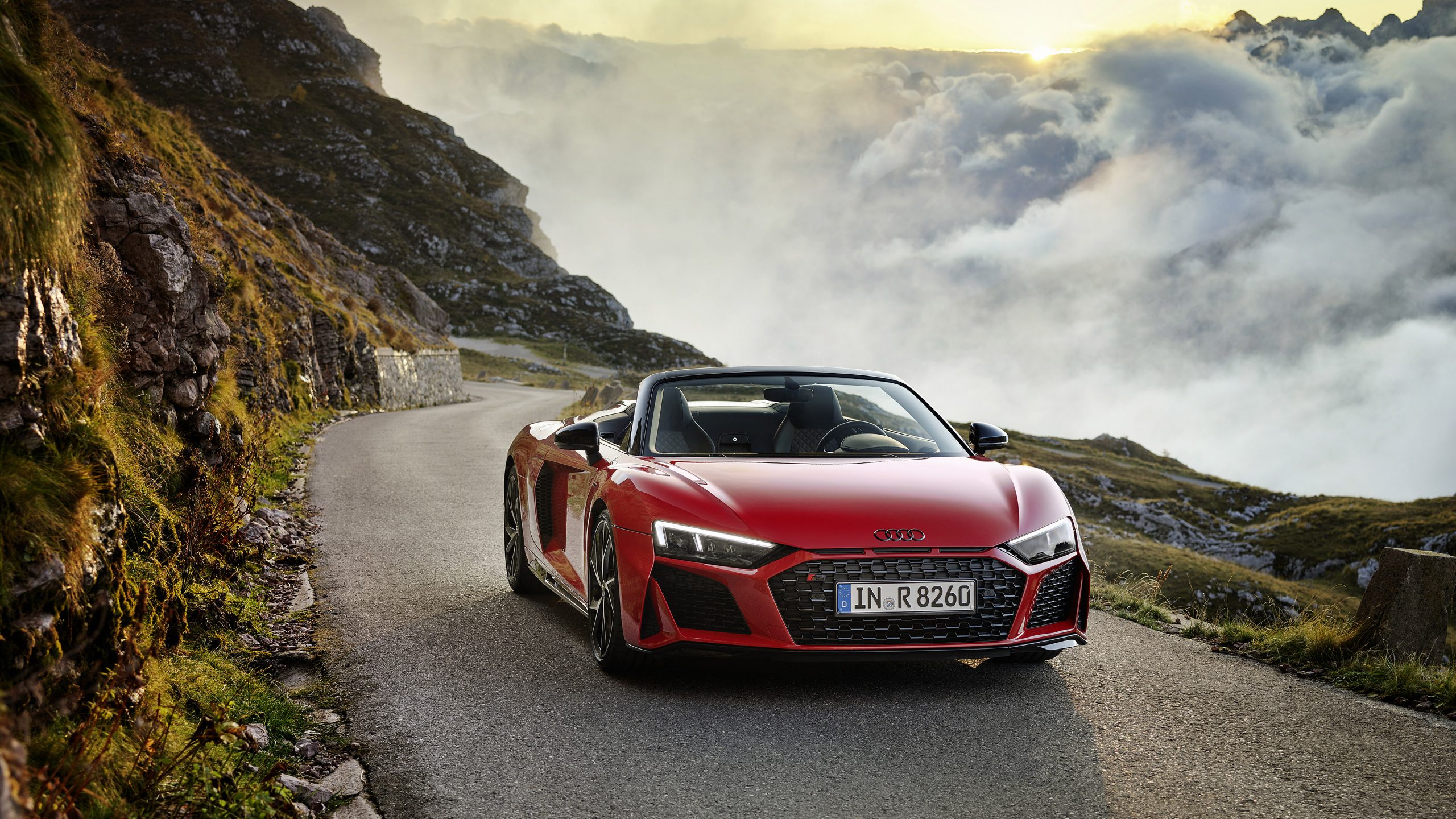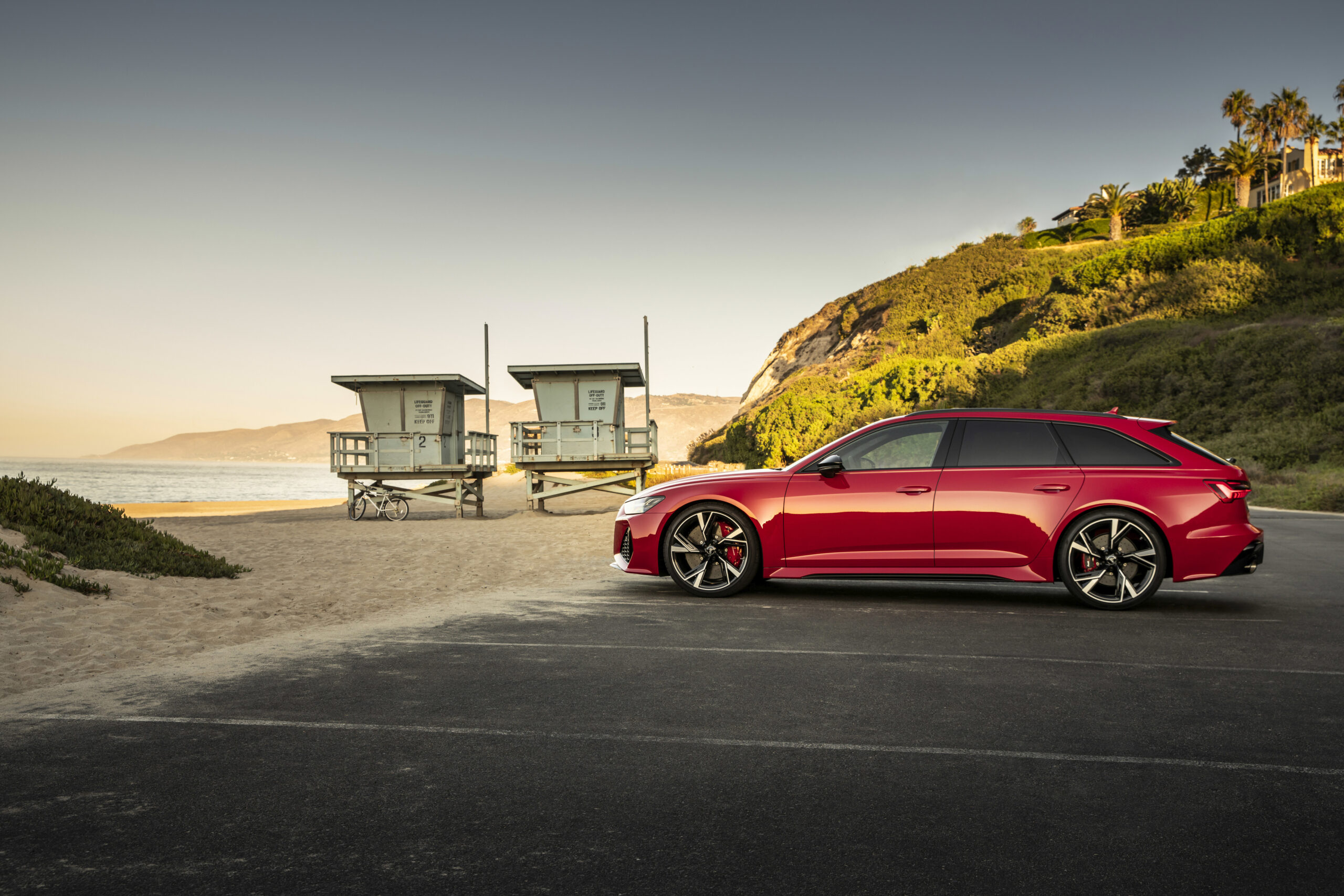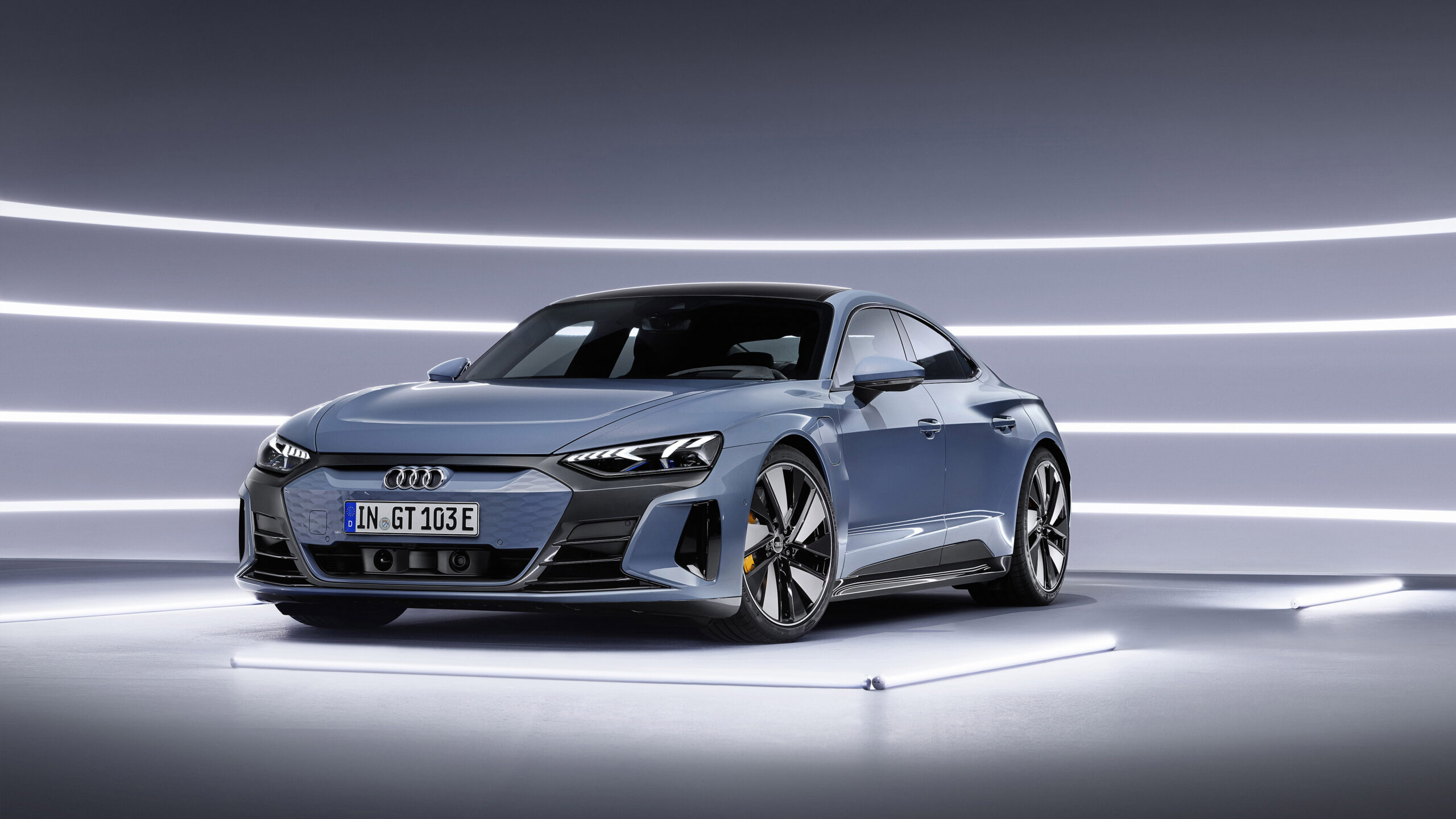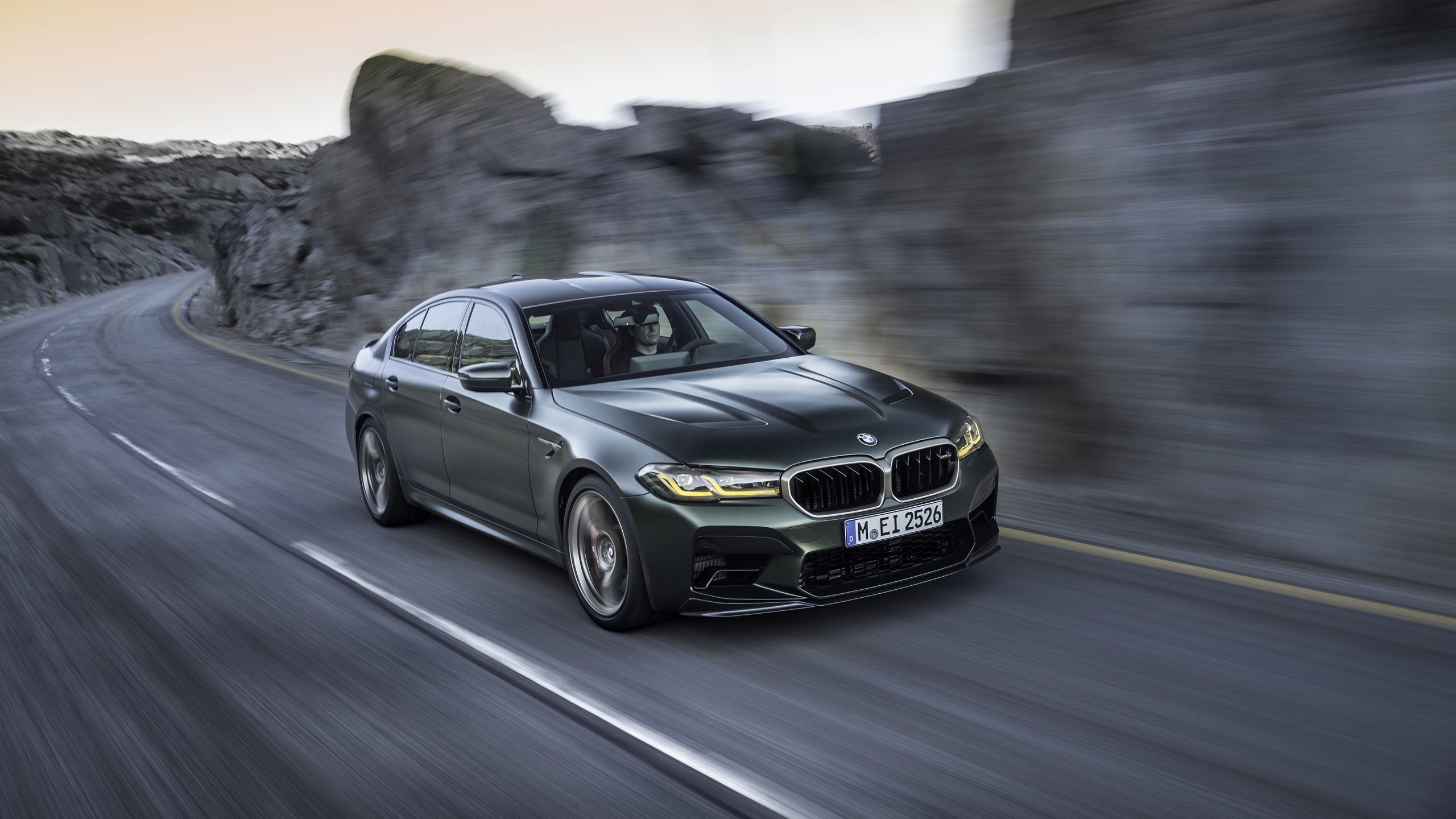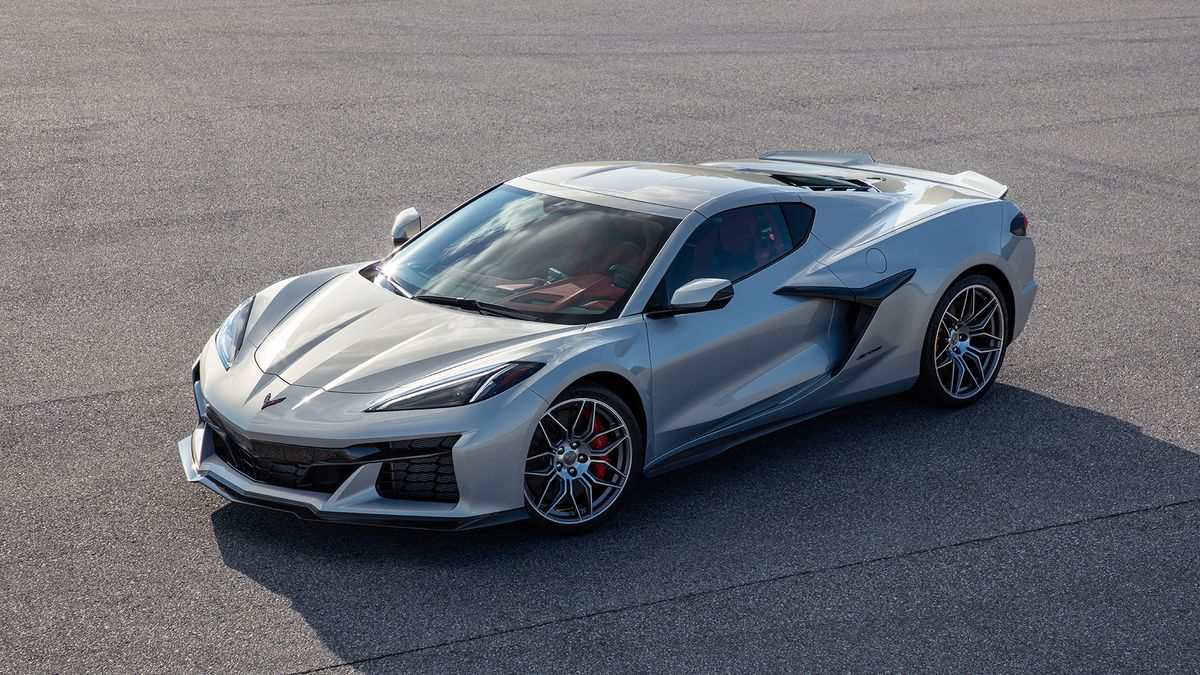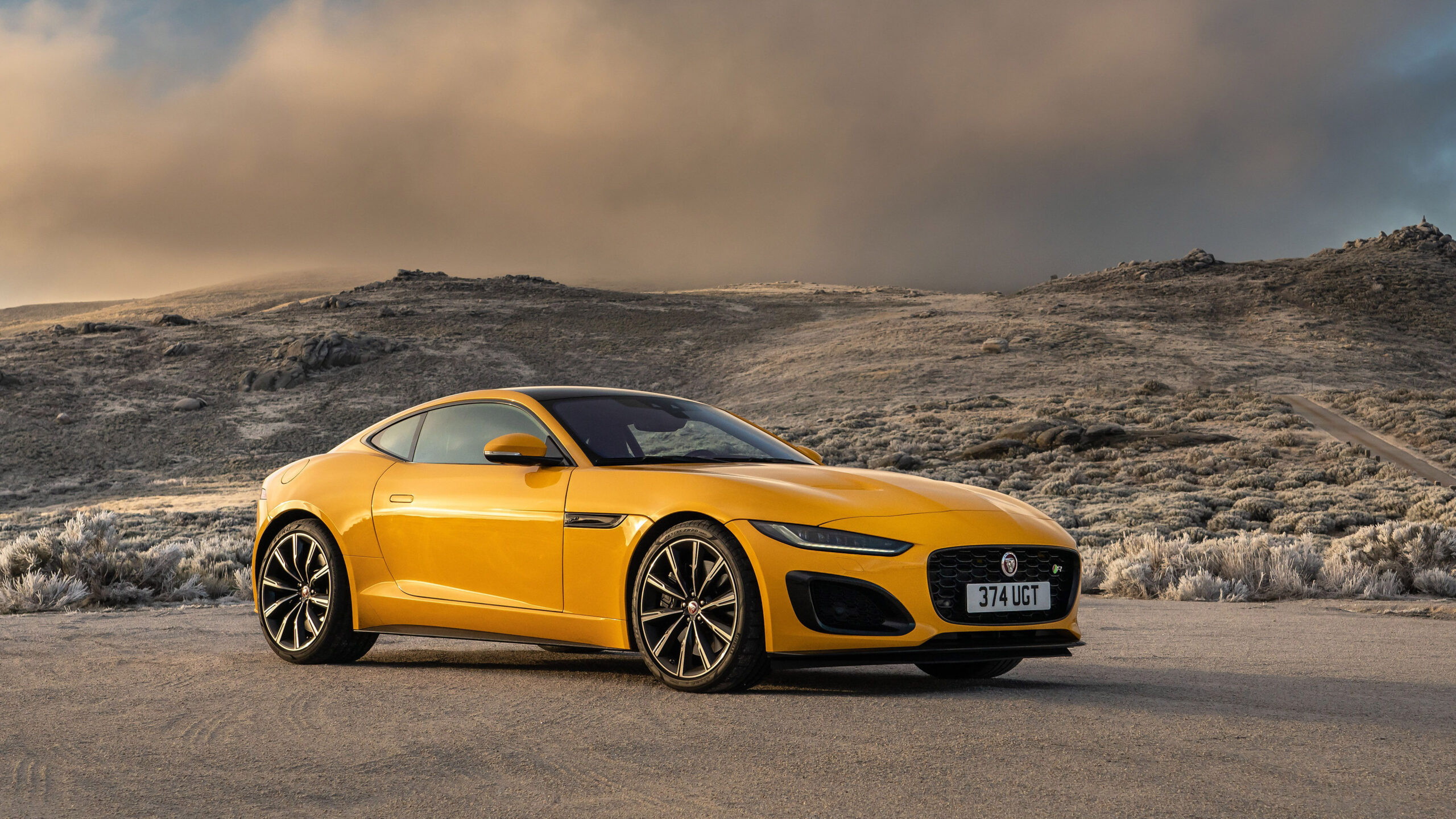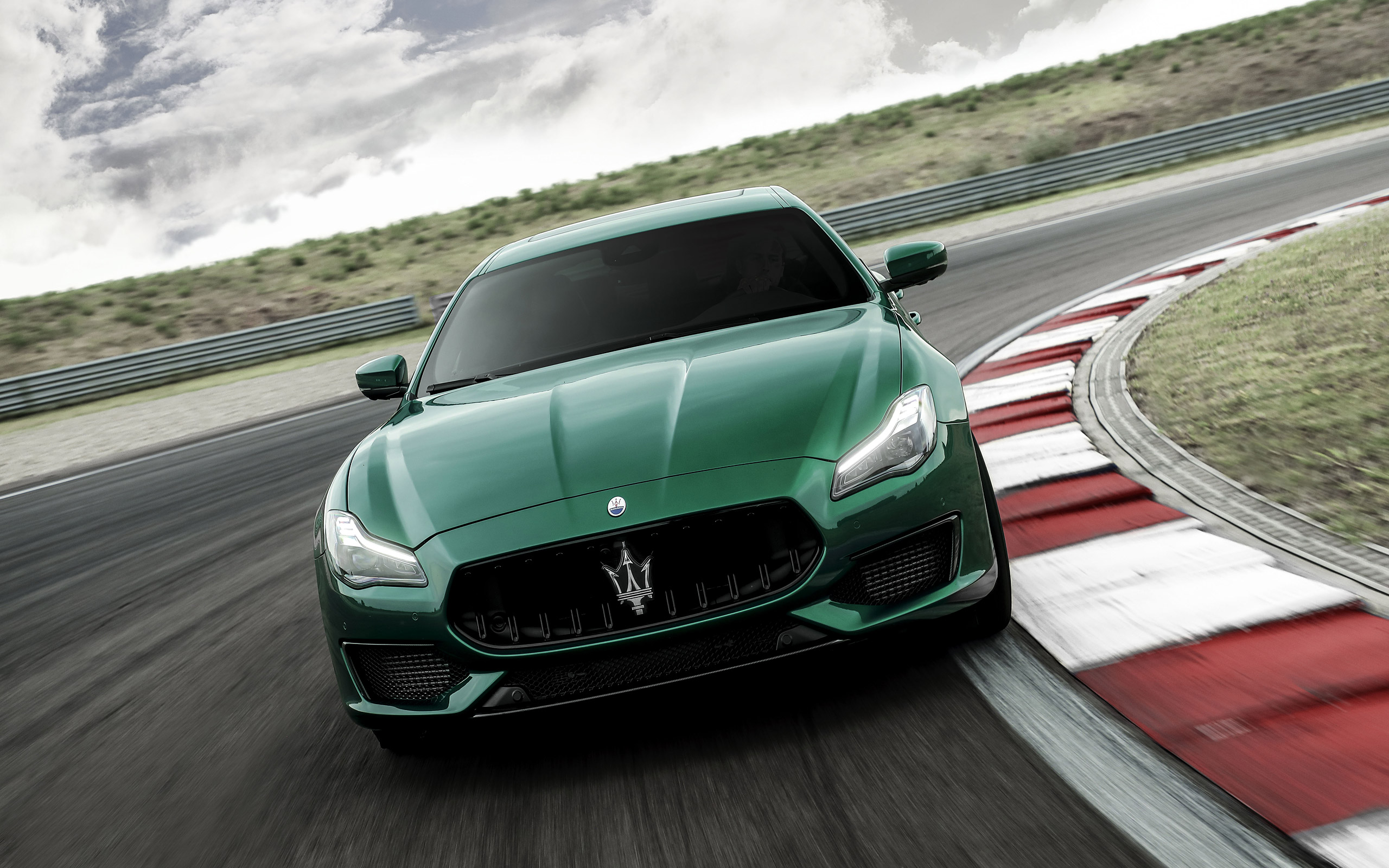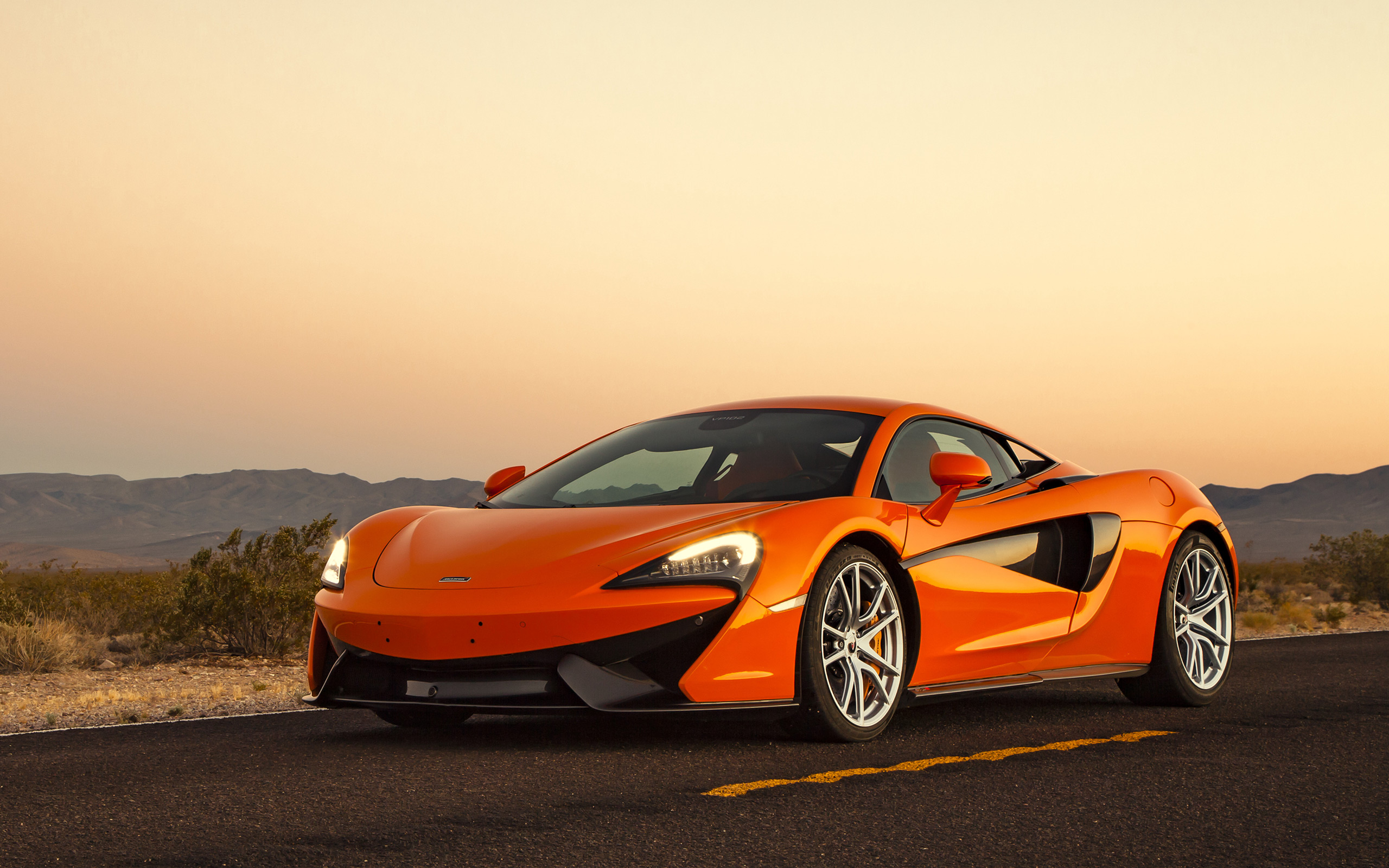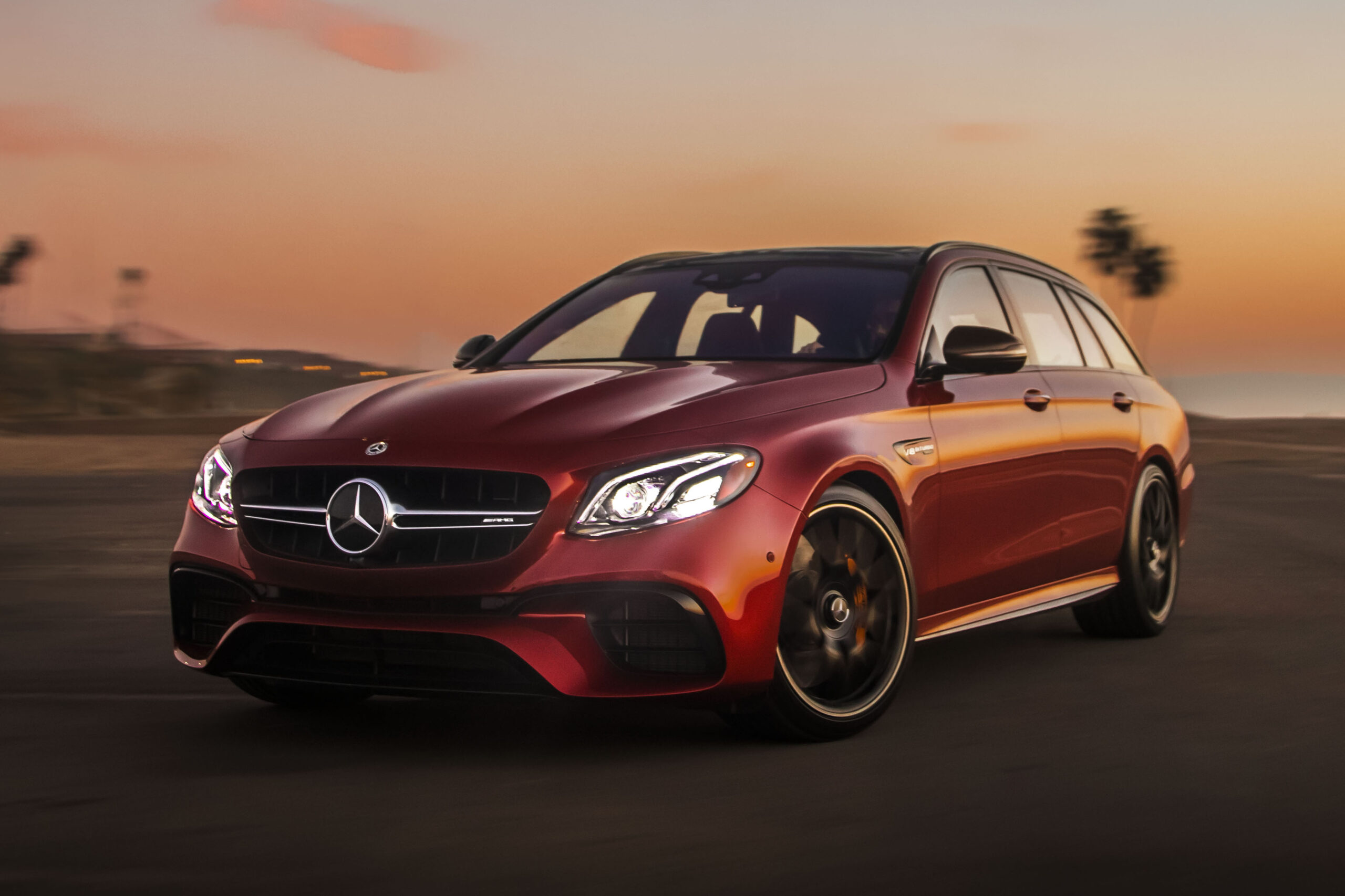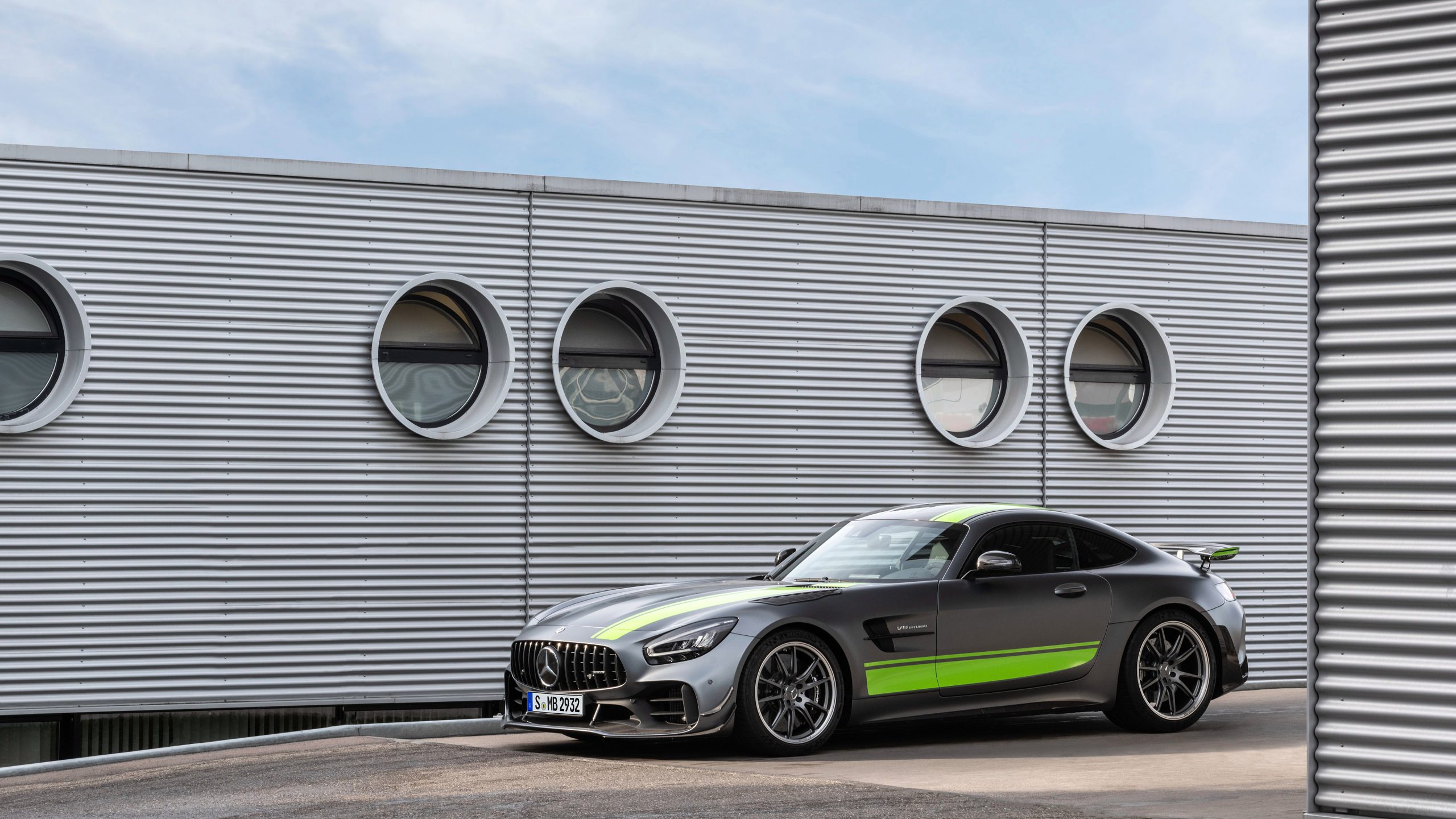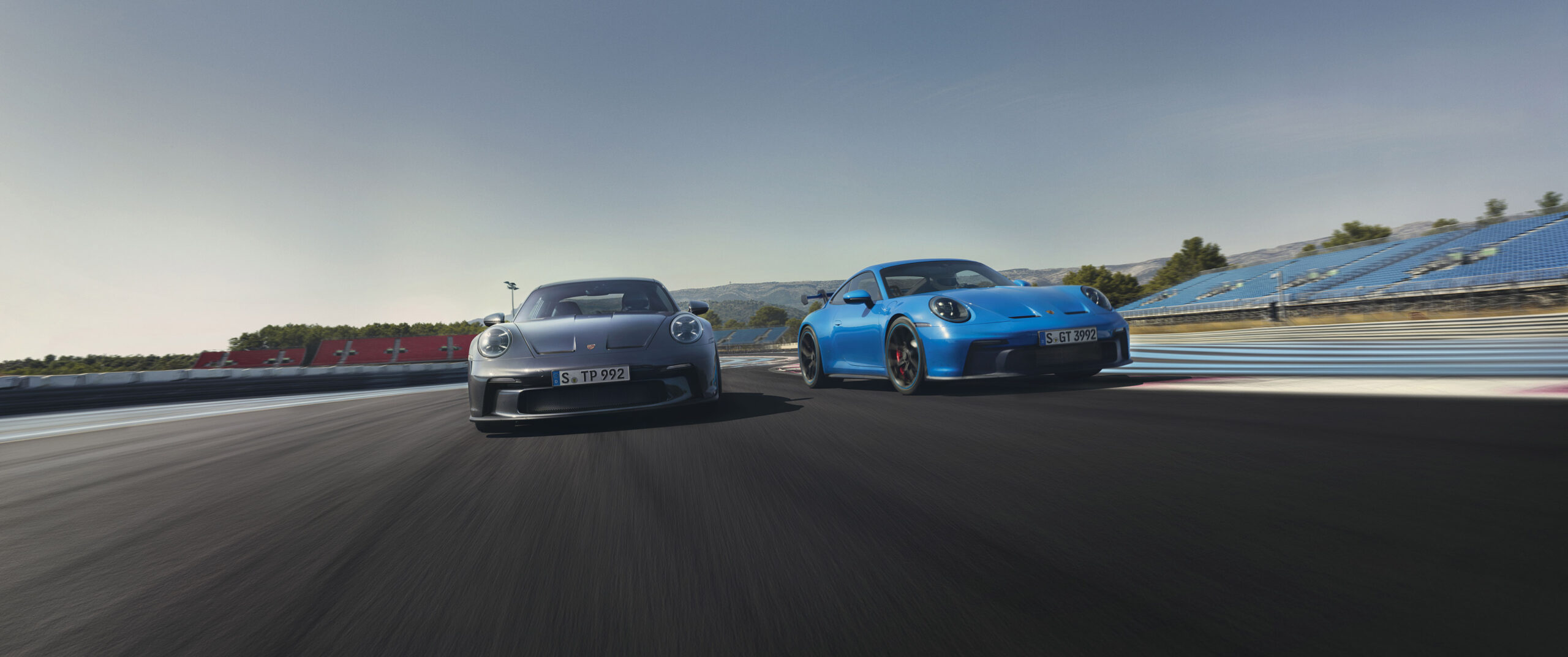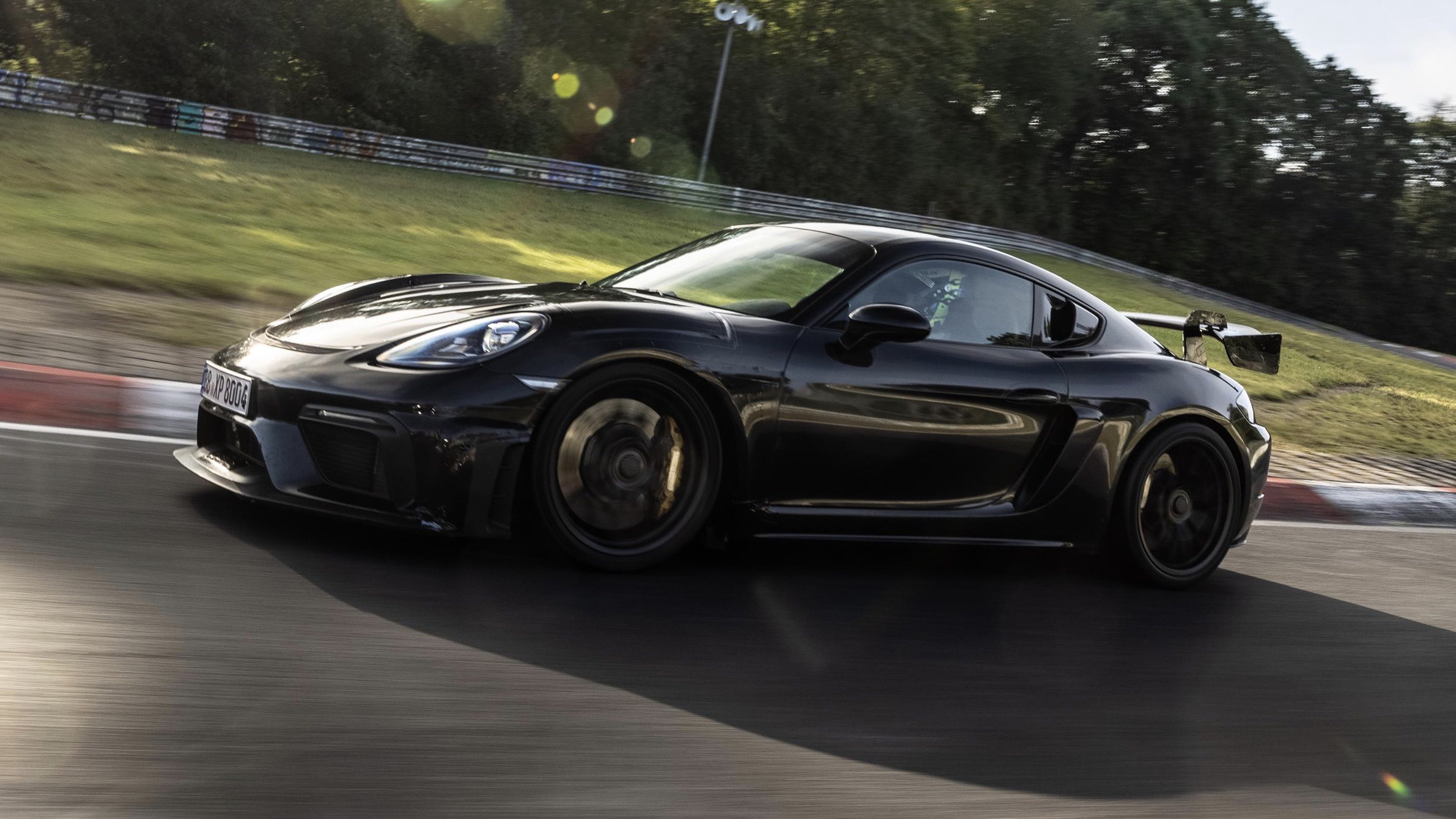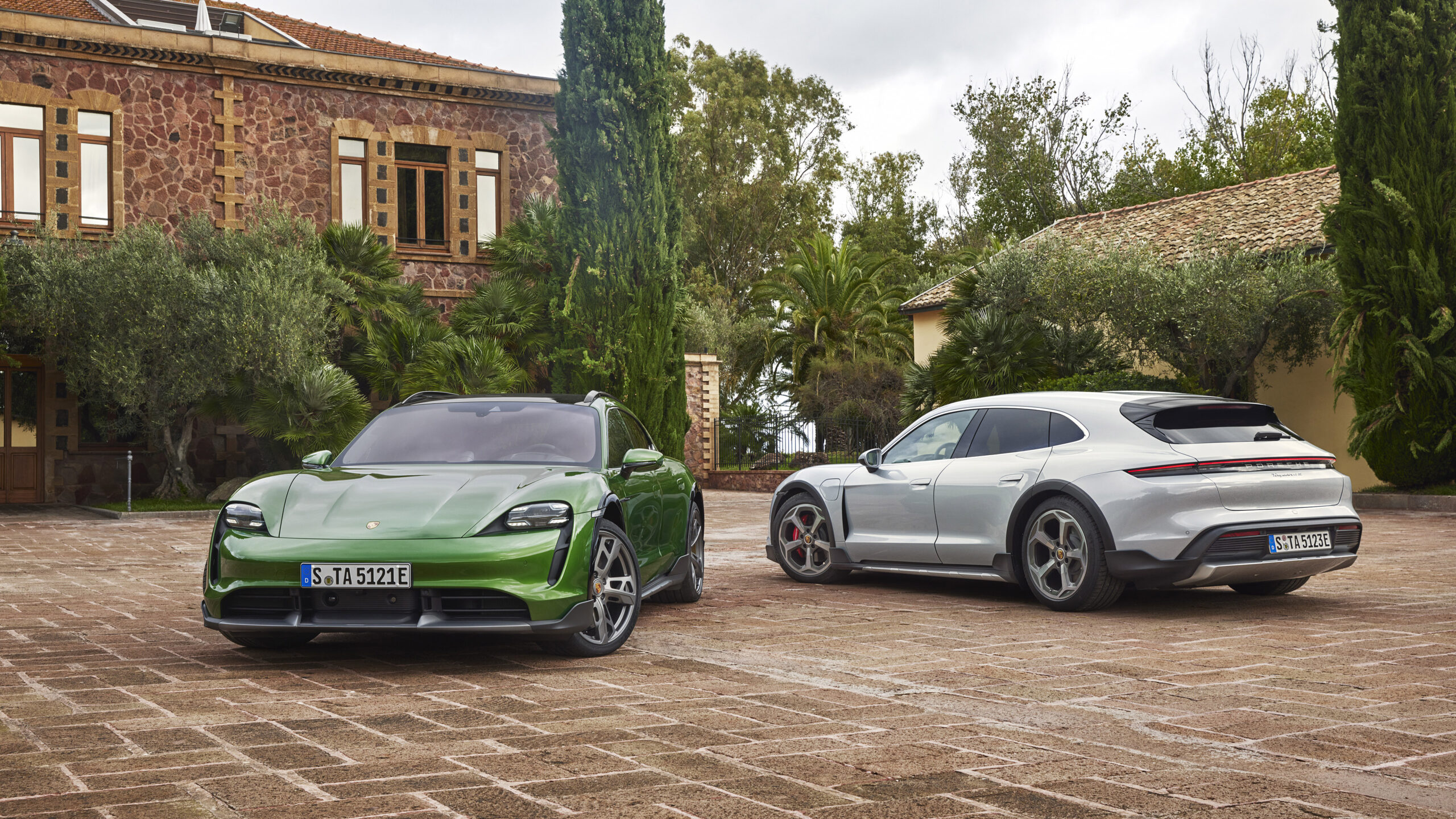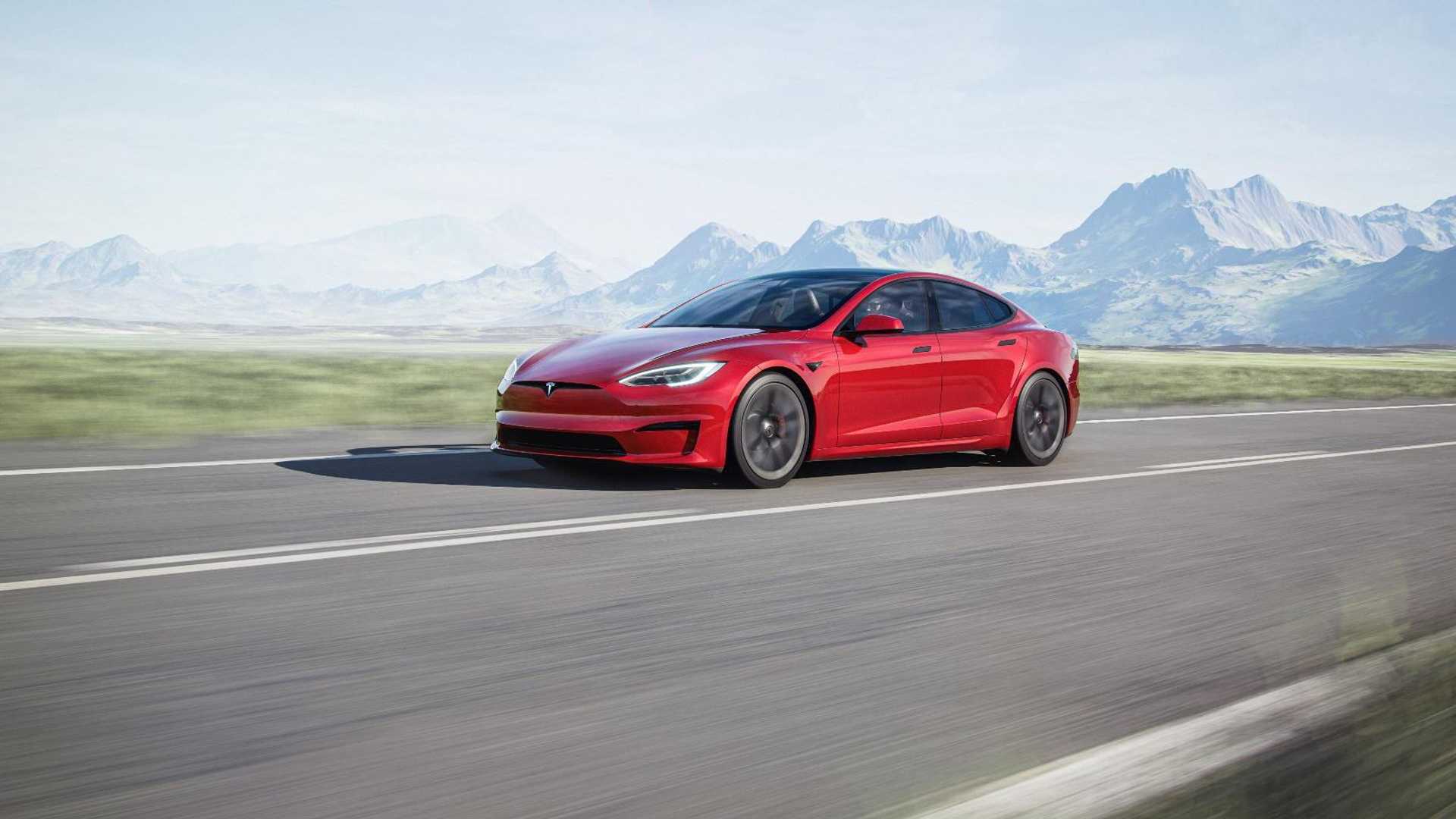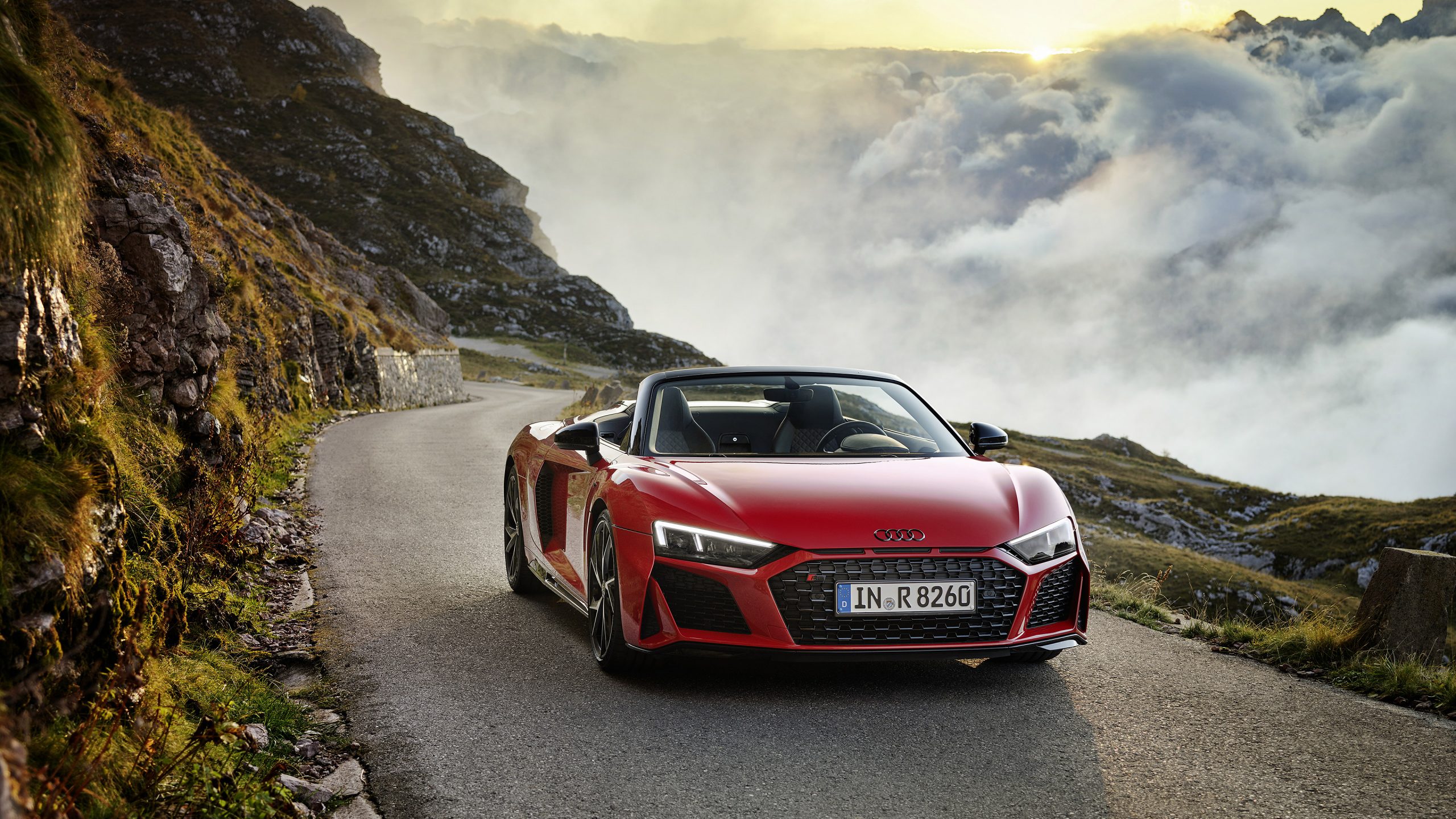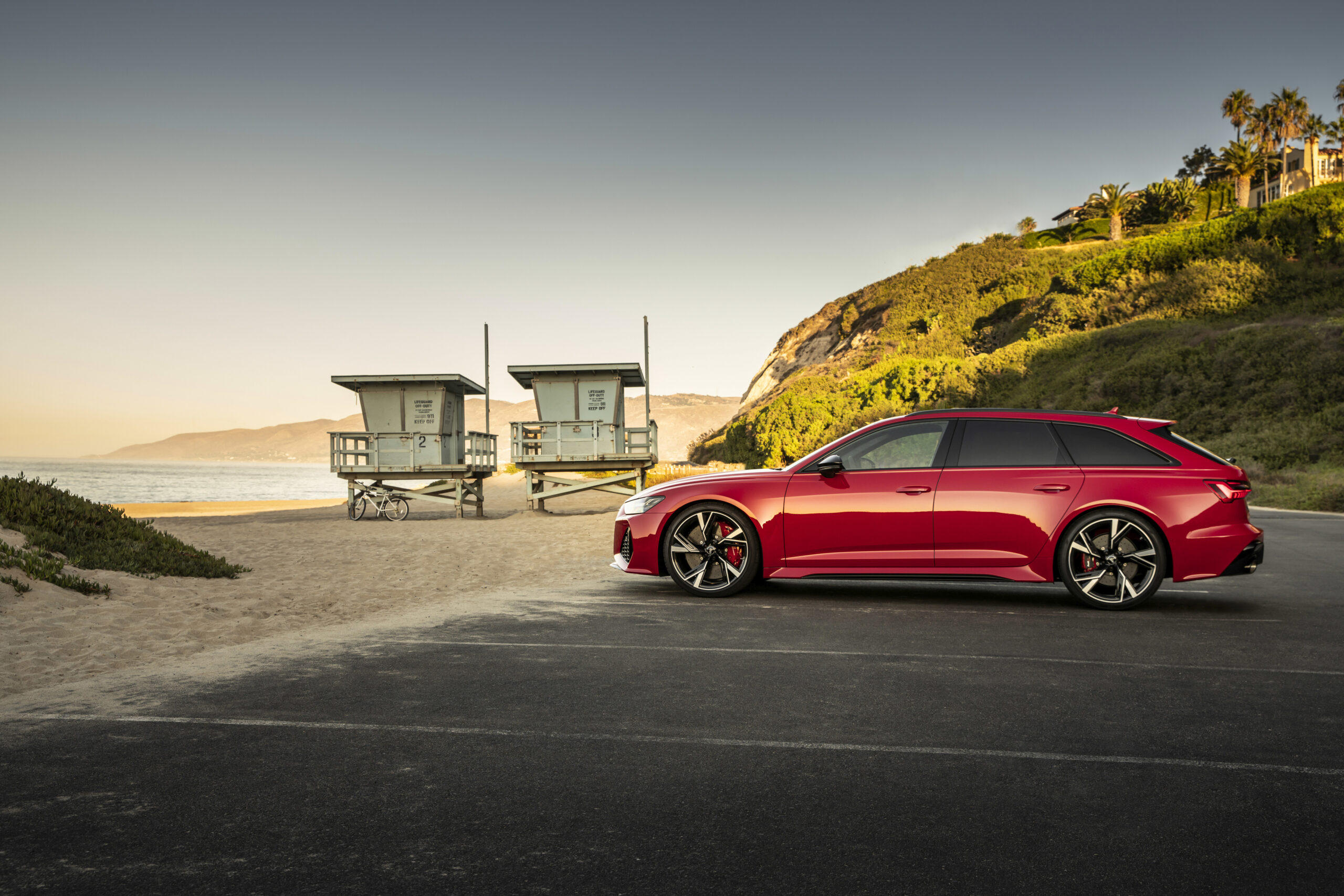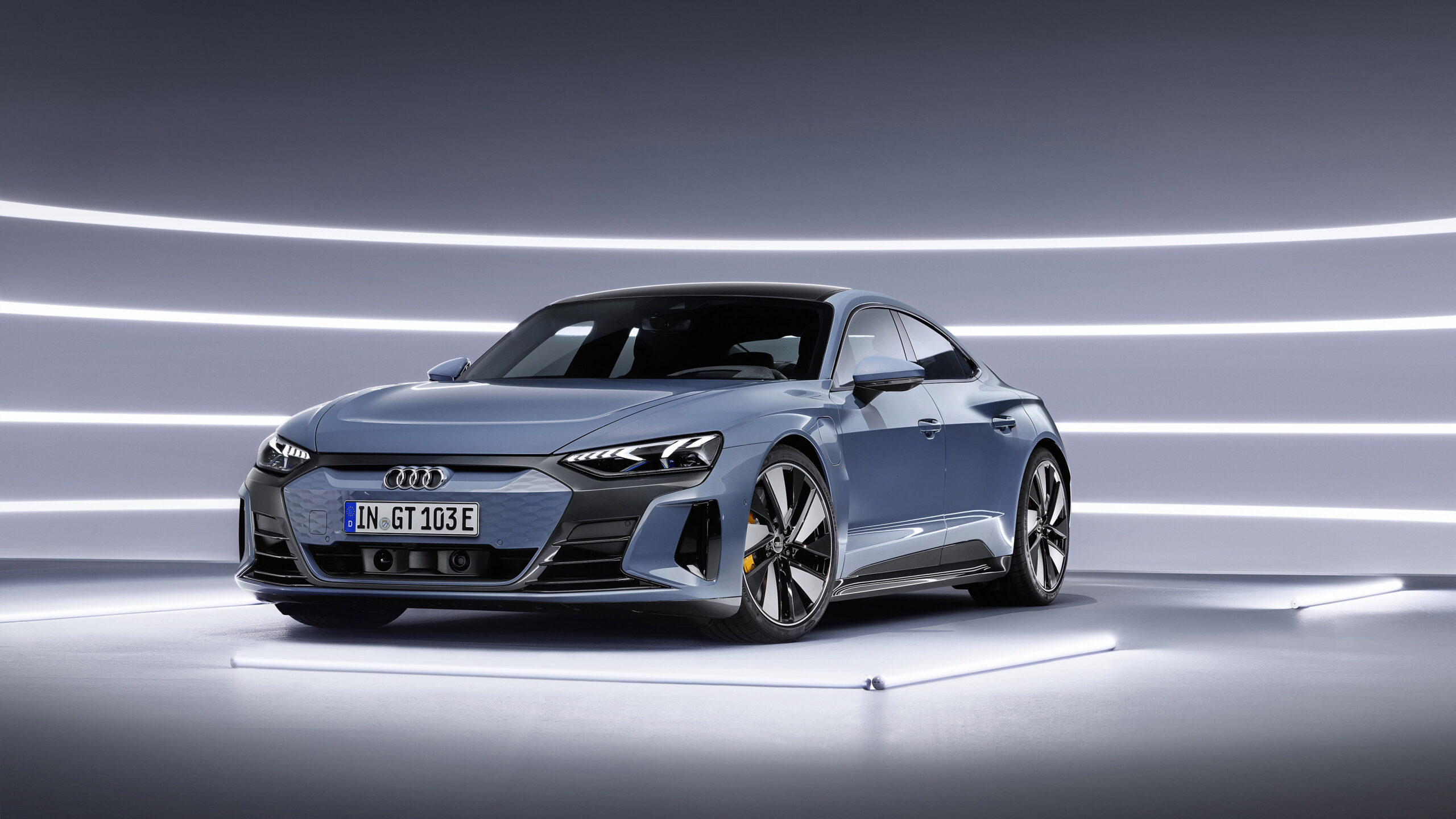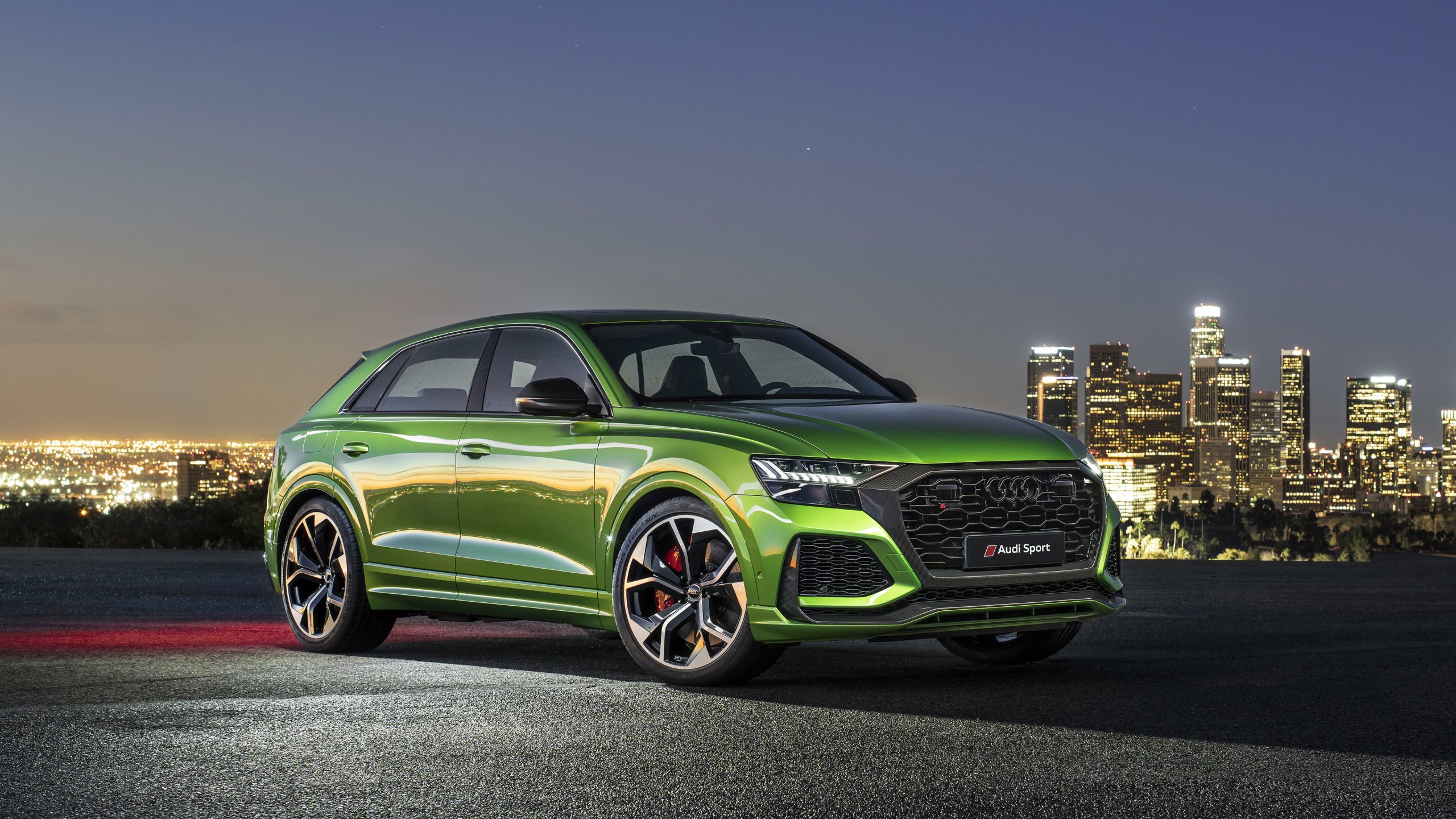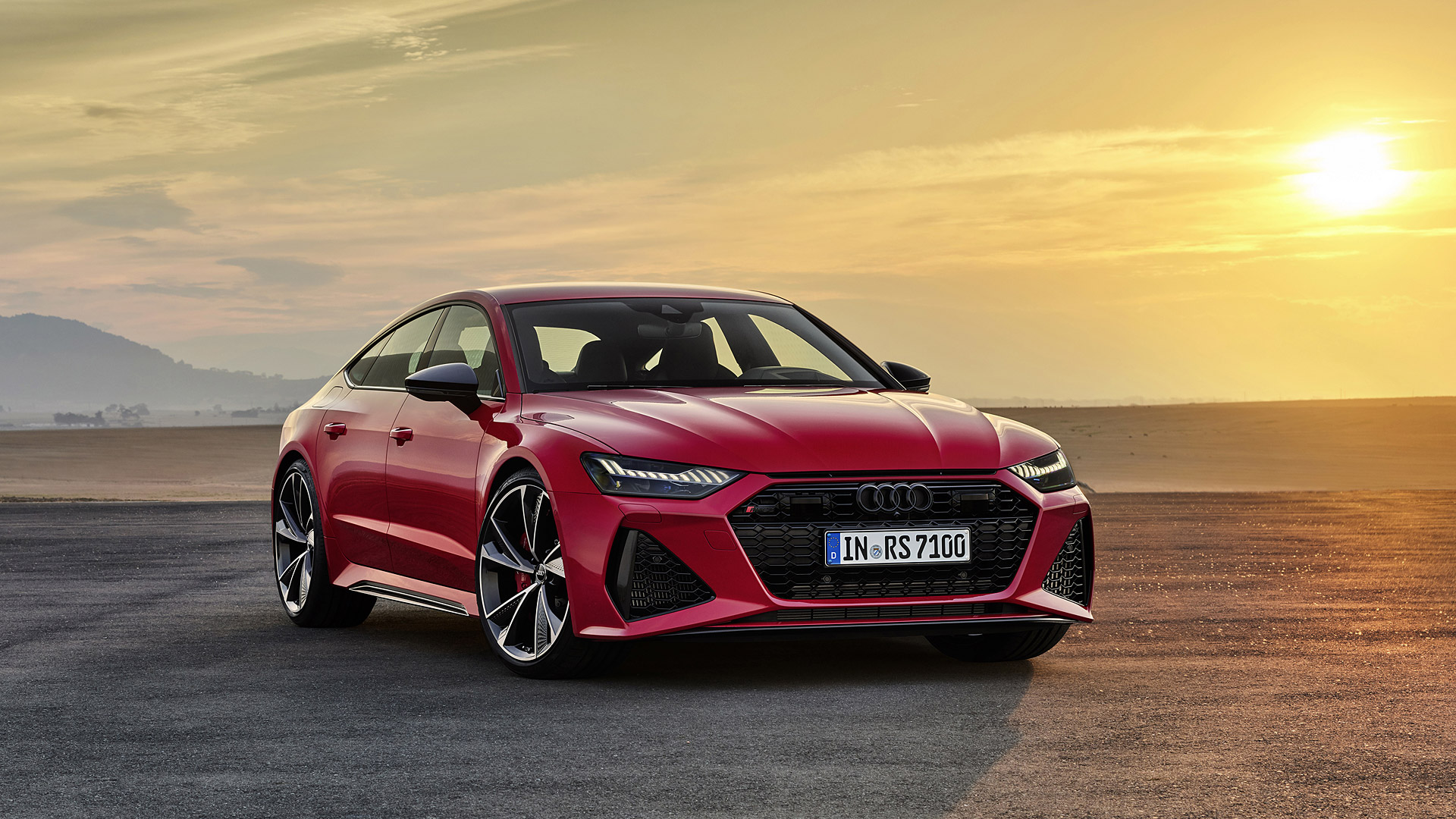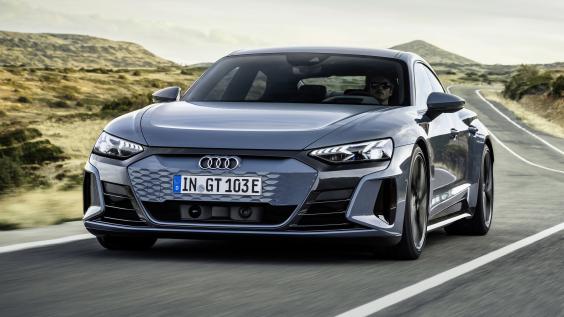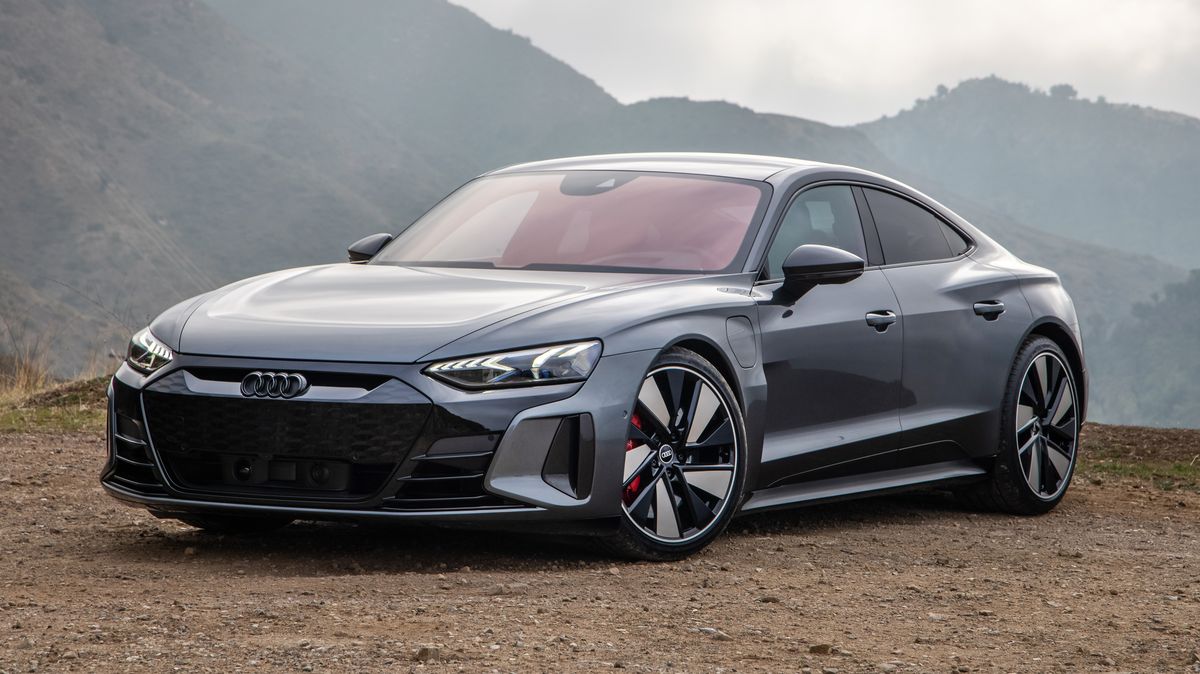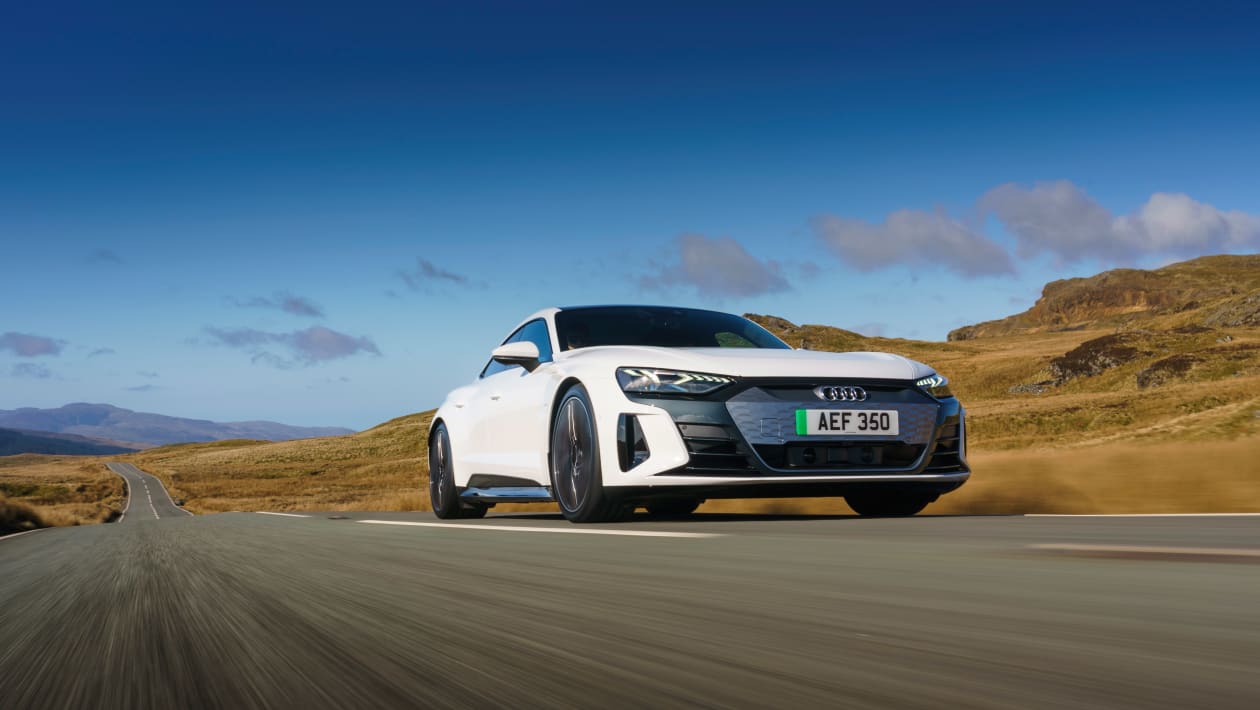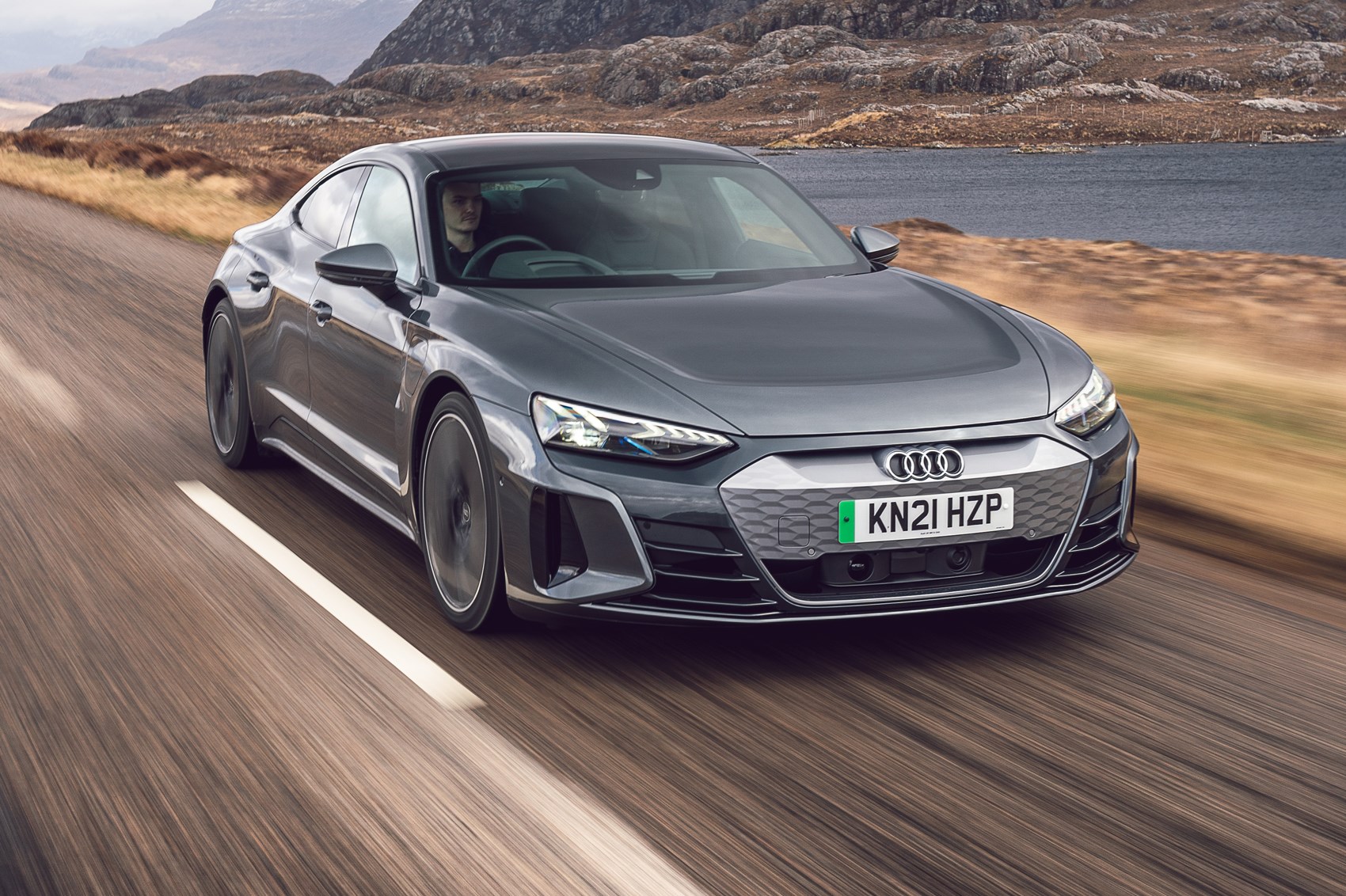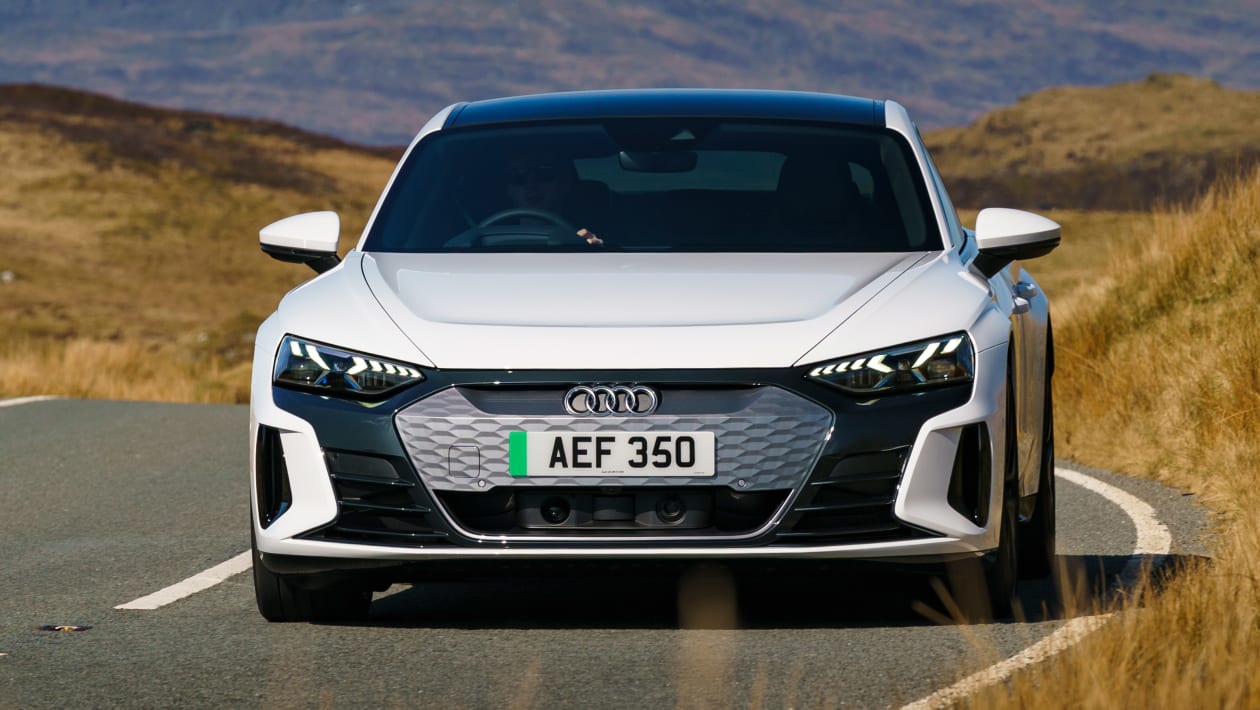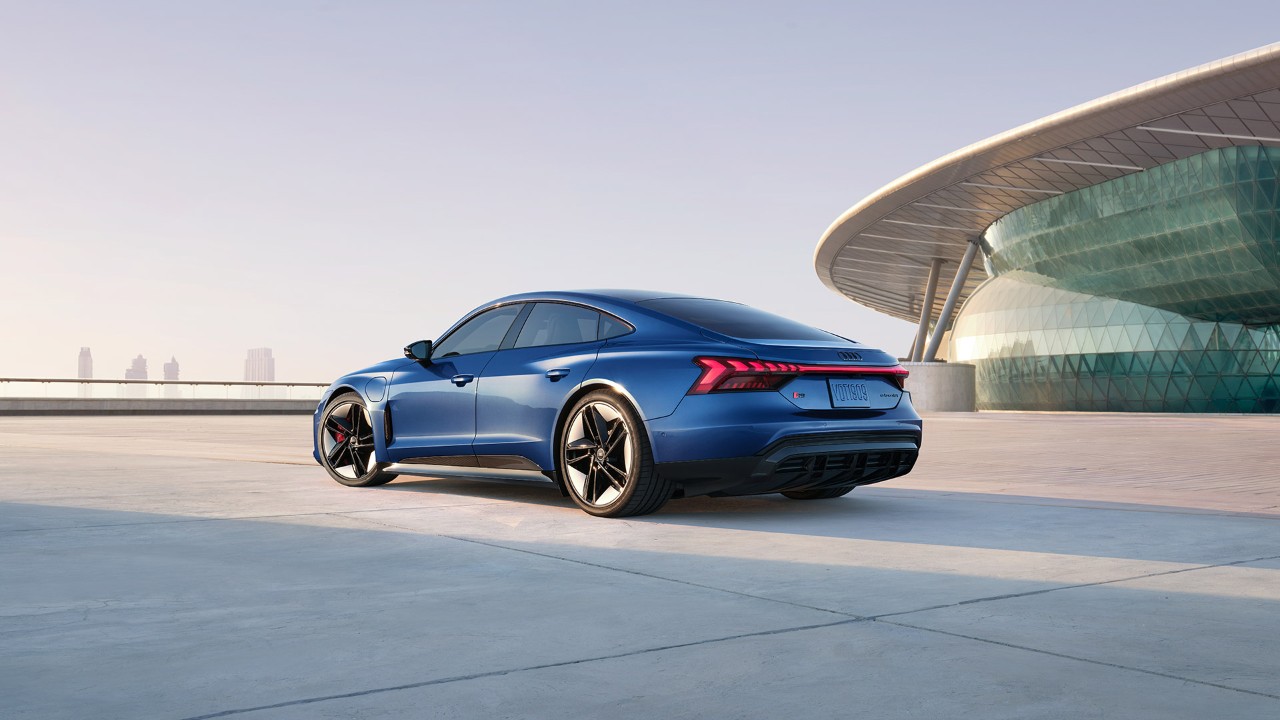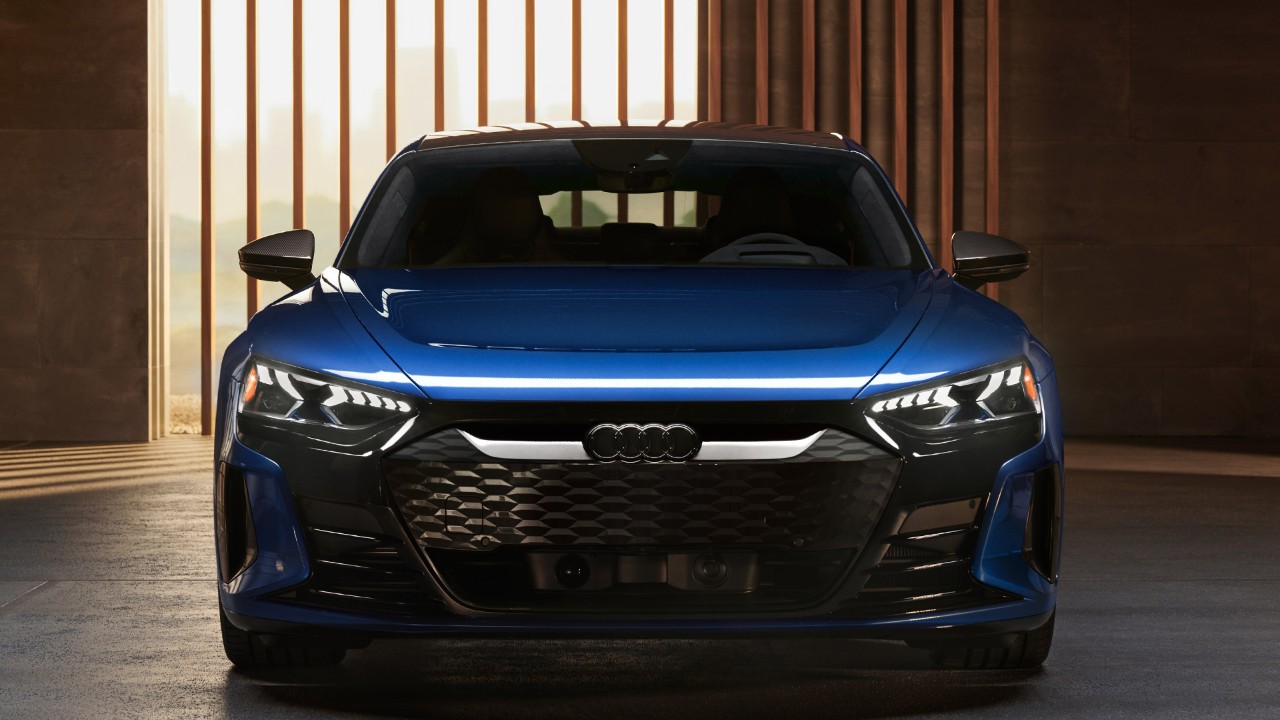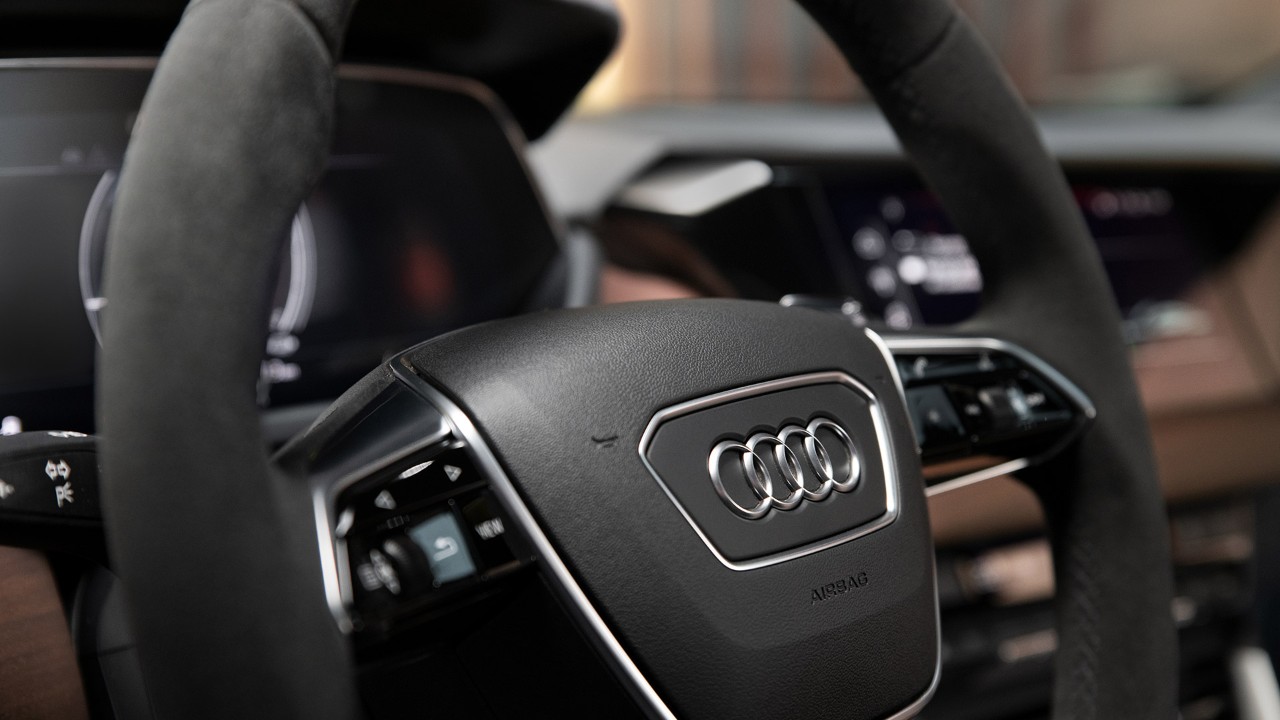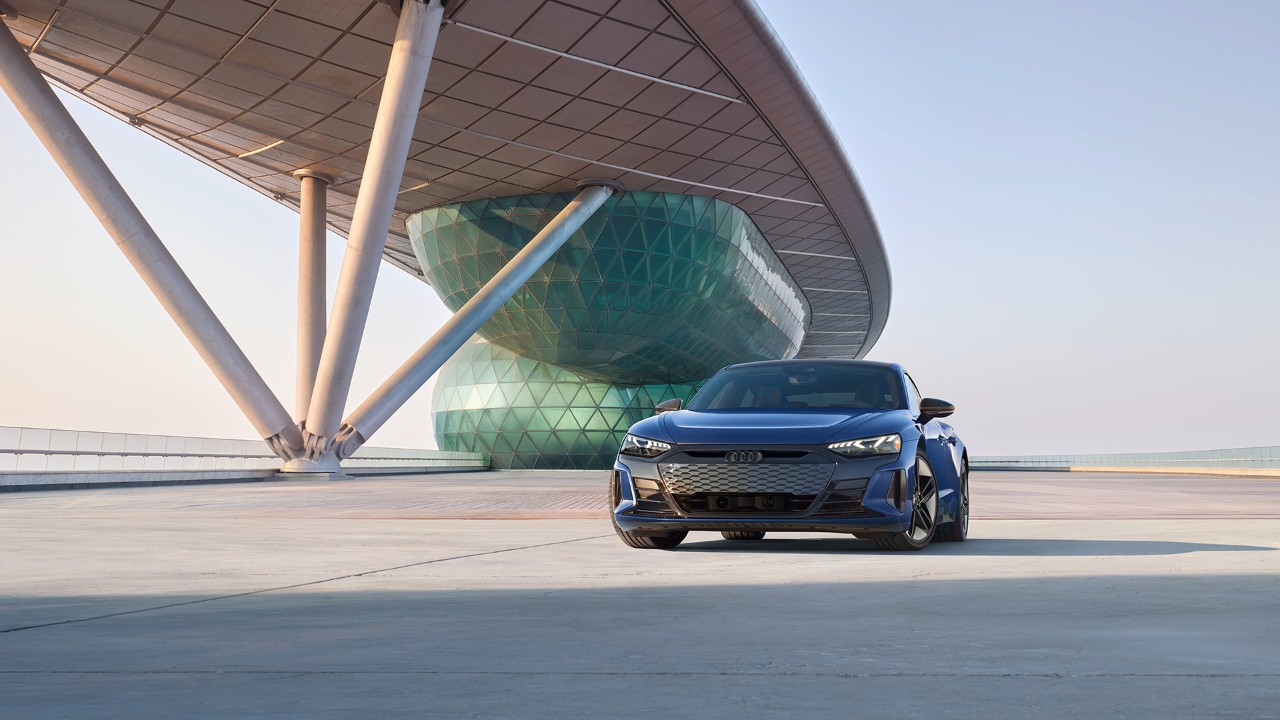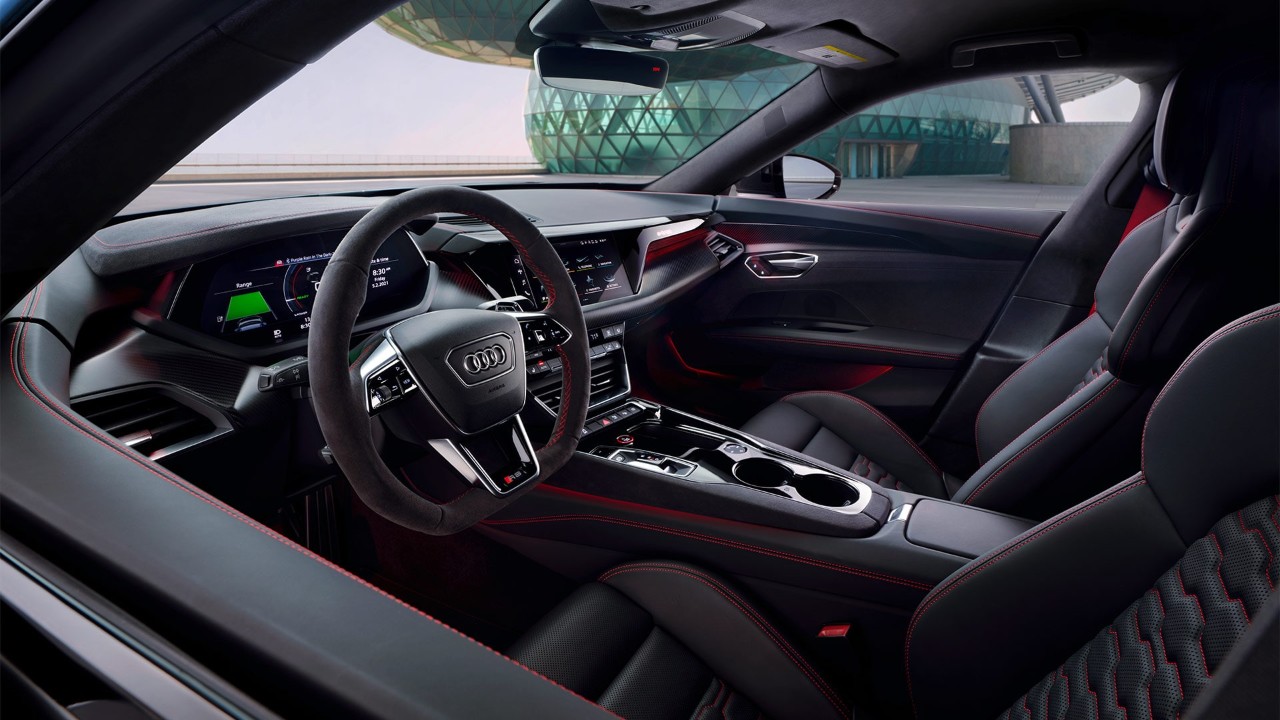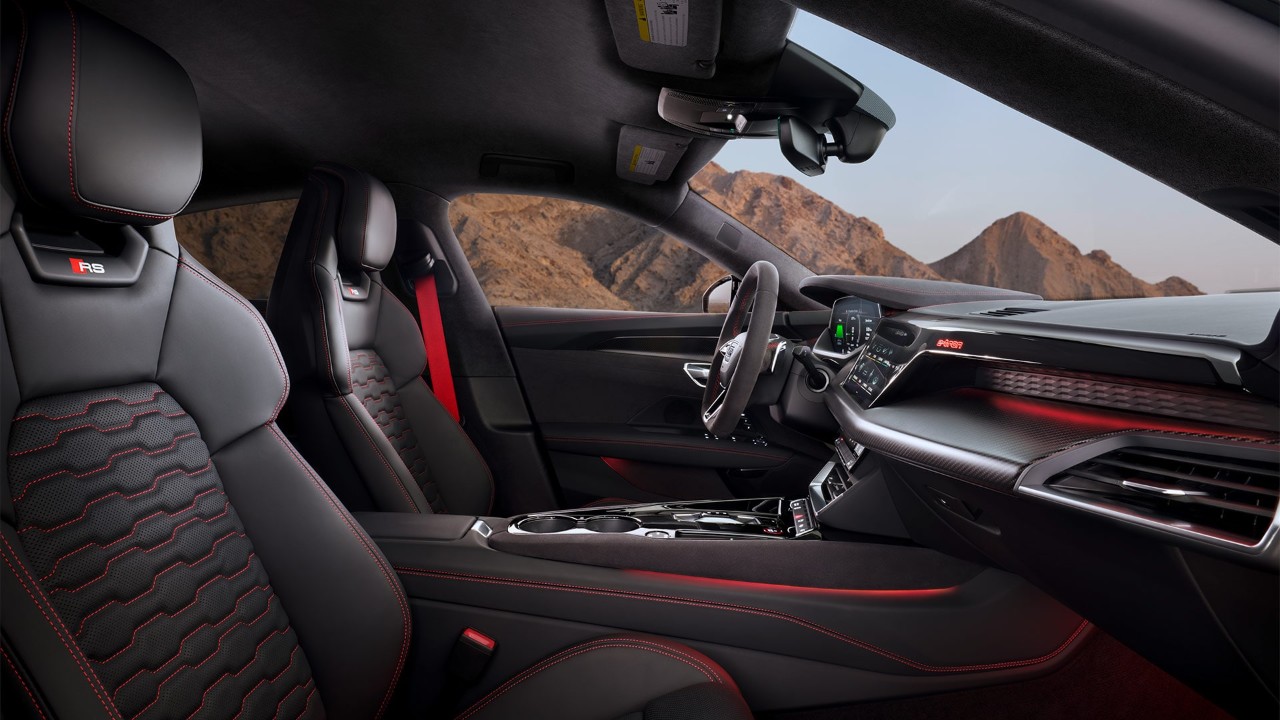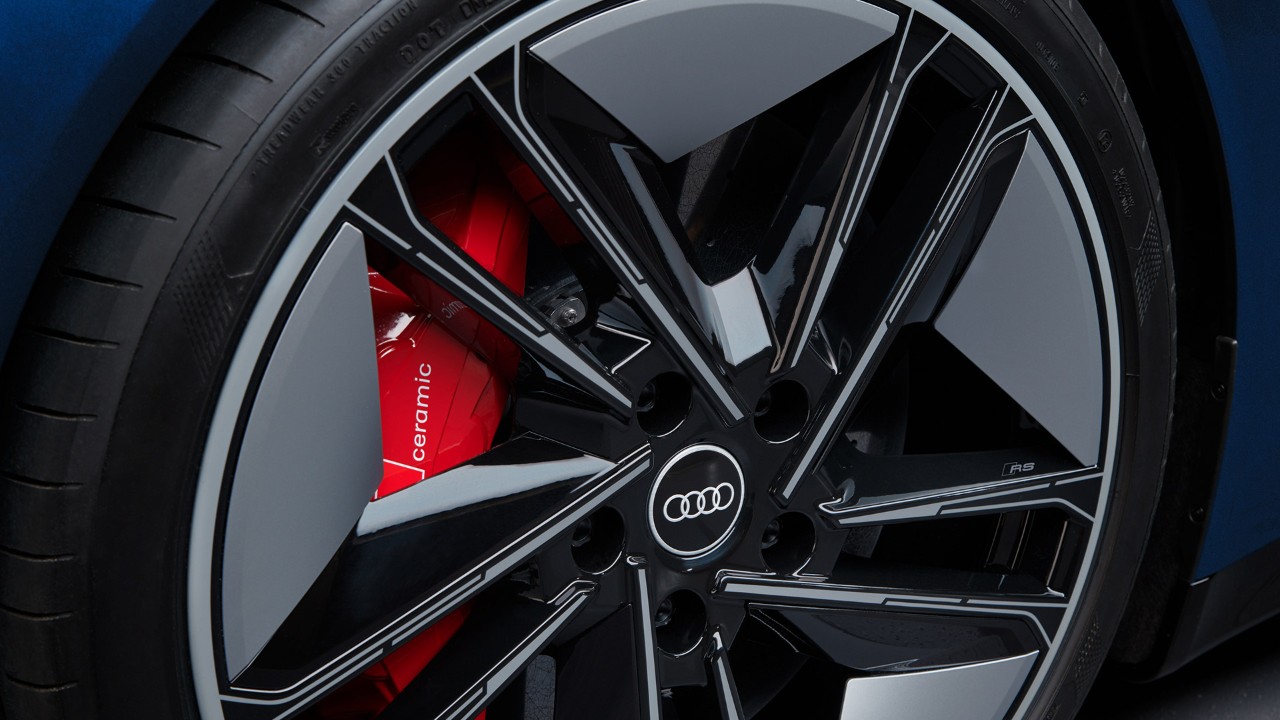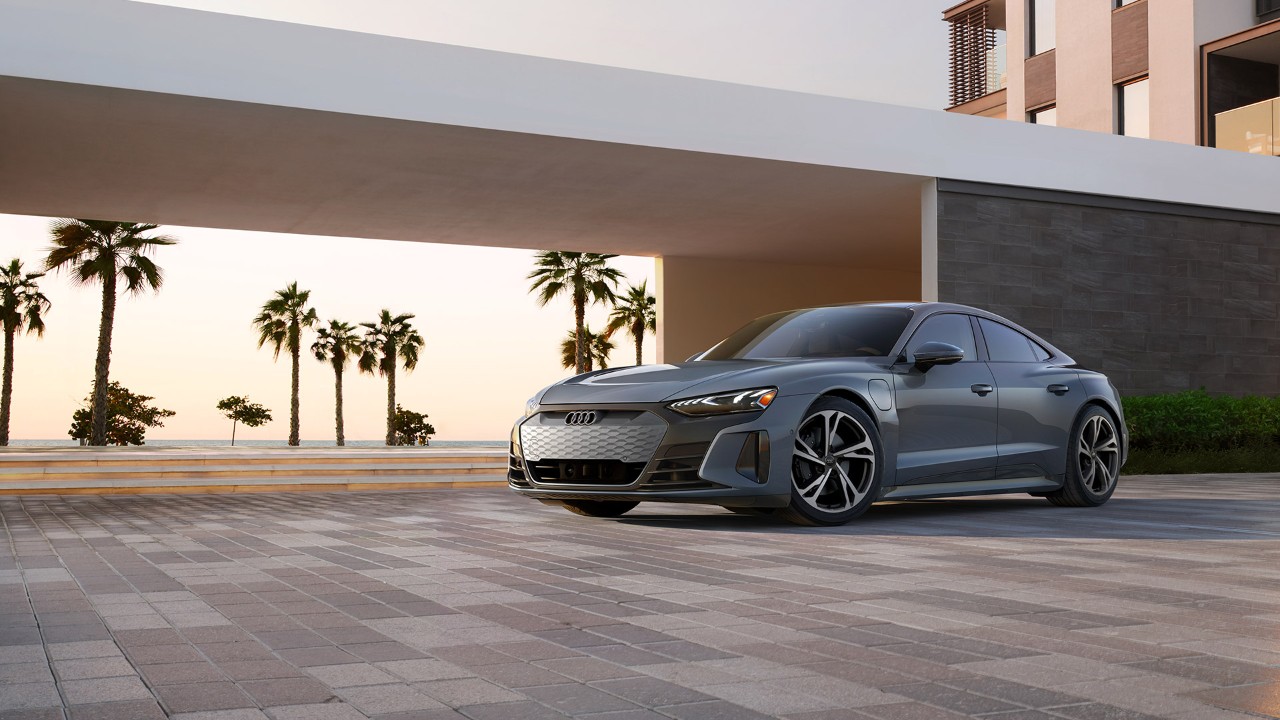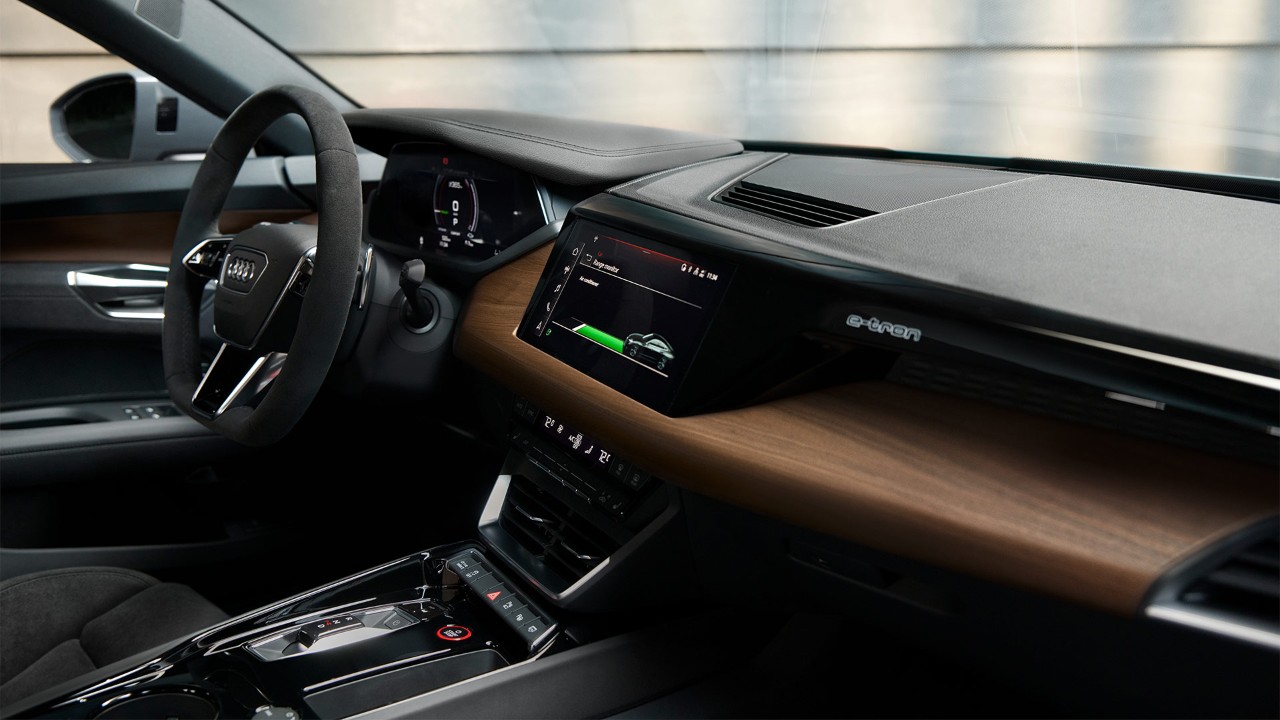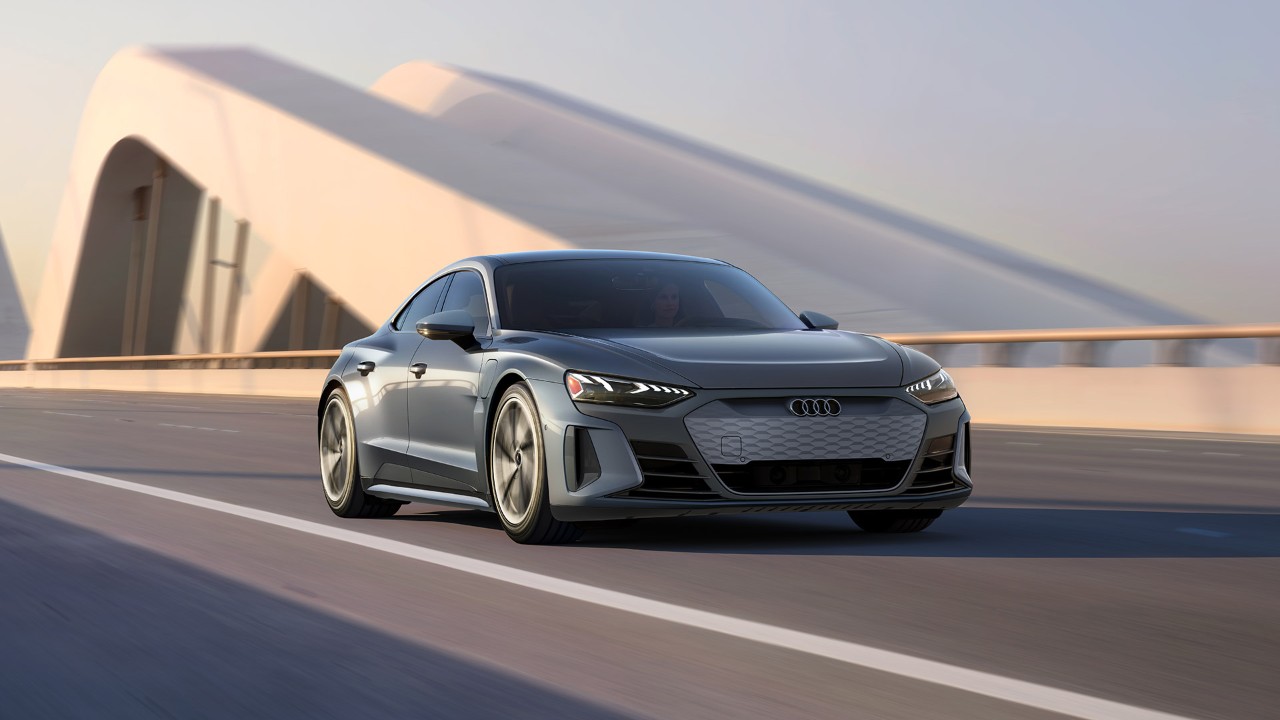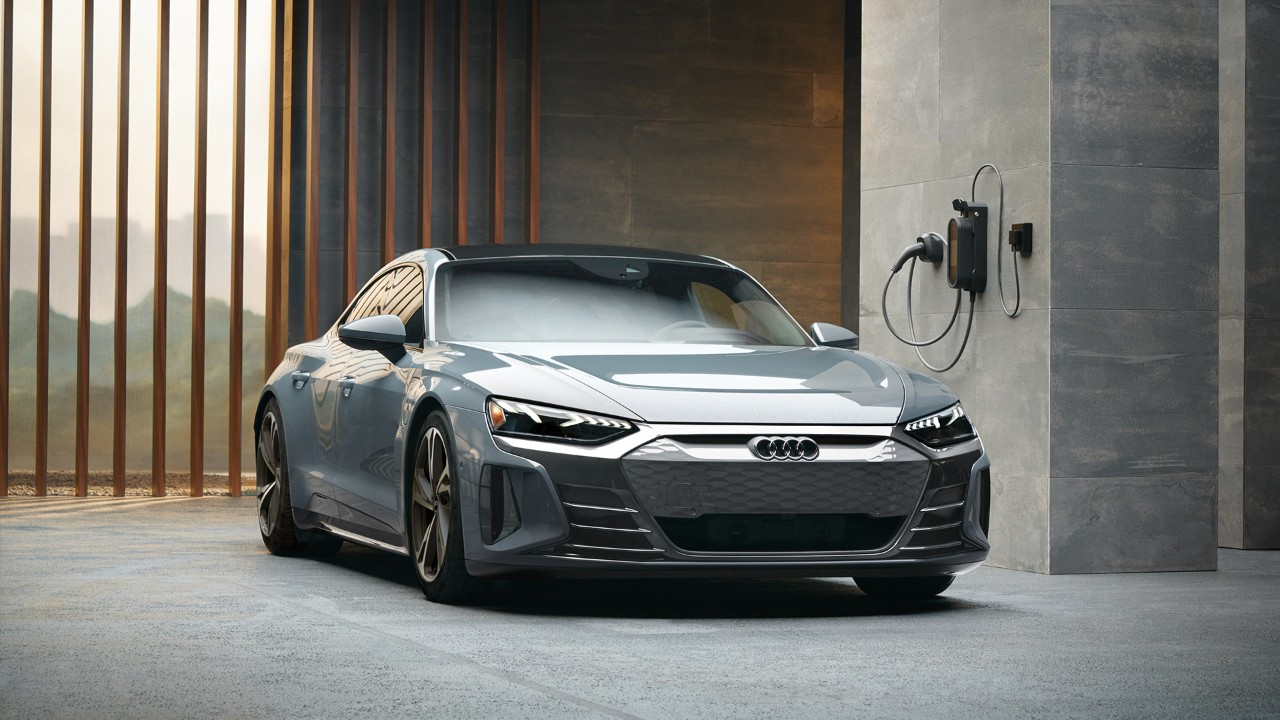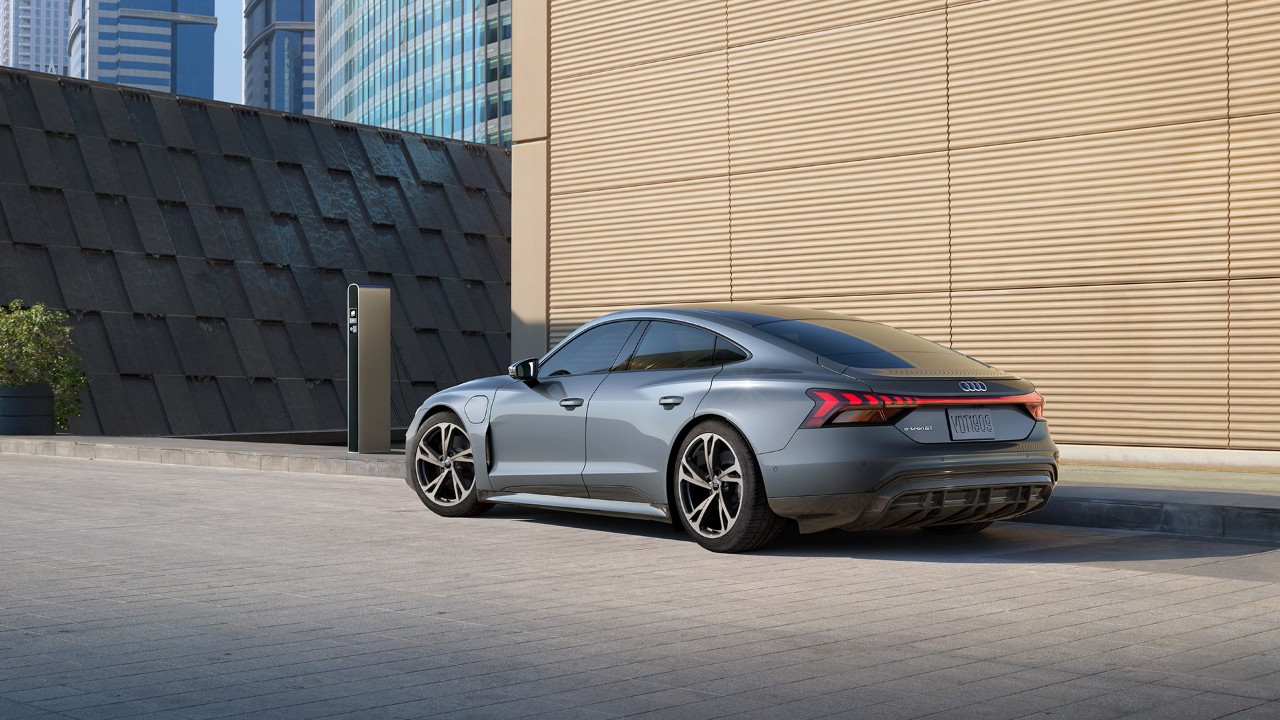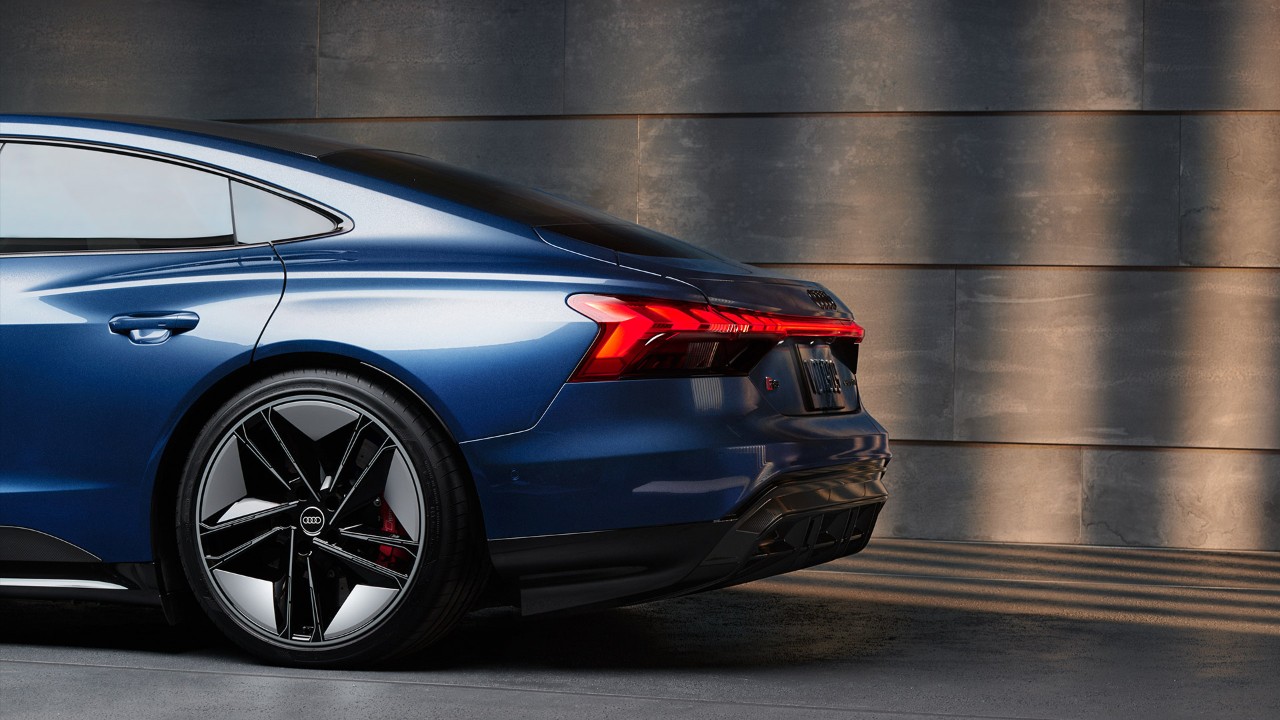Best New Luxury GTs (All Prices)
Ah, yes. The grand touring car. It was once stereotypically front-engined, two-door and rear-wheel drive. The British establishment (Aston Martin, Bentley, Jaguar, Rolls-Royce) have turned the art of making one into a science, while other automakers have started to submit their own thesis on what a GT could and should ought to be. This has blurred the lines between what is and what isn’t a grand tourer these days.
Automakers such as McLaren (who are ironically, also British) have made very clear indications of what their interpretation is; by no means did they, or were they, ever going to follow suit with the long-standing blueprint of mounting an engine at the front of one of their cars. In fact, powerplant placement, number of doors, and to some degree, drivetrain, are no longer standardized prerequisites in the making of a proper modern GT car.
Ultimately, the lines have to be drawn somewhere, and without a doubt, all of the automobiles on this list continue to showcase the most quintessential characteristics of a grand touring heavyweight—the most important of those, being that the driver is able to enjoy the highest tier of automotive performance in a sensible and uncompromising package. This means refinement, luxury and utilitarianism are the key ingredients in the mix, but not at the cost of thrilling driver engagement and an unmatched fun factor.
Here are 25 of the Best New Luxury GTs you can purchase brand new today.
Porsche 911 GT3 Touring (992)
Base MSRP: $160,100 USD
Porsche unveiled its new 992-generation Porsche 911 GT3 via digital livestream on YouTube. First deliveries are just starting to trickle in now, making it likely to be designated as a 2022 model.
Semantics aside, this new GT3 becomes the seventh iteration of one of Porsche’s most established and beloved automobiles. More importantly, it continues to embody the spirit of previous GT3 models by amalgamating all that is awesome about the 911, and the Porsche brand, in a single road car.
Soon after the unveiling, the GT3 Touring model—essentially a gentleman’s version of the otherwise track-focused road car—was released.
The automaker has continued the use of the naturally-aspirated 4.0L 9A1 flat-6 powerplant in the 2022 Porsche 911 GT3 and GT3 Touring. The only key differences between the engine used in the race car and the one used in the 992 GT3 are the exhaust system and ECU.
Otherwise, the two engines share virtually all the same components, such as individual throttle bodies. As such, the new GT3s needed no “sound engineering” and inherently sound amazing.
With an astronomical 9,000 rpm redline, both cars produce 502 hp @ 8,400 rpm and 346 lb-ft of torque @ 6,250 rpm. The GT3 and GT3 Touring continue to use the 7-speed PDK transmission, instead of a version of the 8-speed used in the rest of the 992 line-up.
Bentley Continental GT V8
Base MSRP: $206,600 USD (coupe), $227,200 USD (convertible)
With a lively V8 engine delivering irresistibly dynamic performance, accompanied by the sound of its uniquely emotive burble, the new Bentley Continental GT V8 offers a truly engaging driving experience—a grand tourer that makes every journey breathtaking.
The Continental GT V8 is exceptionally responsive, delivering powerful yet smooth acceleration, accompanied by the irresistible sound of a Bentley V8 engine. The Bentley Continental GT V8 Convertible offers all of the above, plus an exhilarating open-air grand-touring experience.
I love that Bentley is now offering a “base” Continental GT with a V8 engine. It makes sense and it looks to be really good business on their part. For starters, this variant offers a more engaging and spirited driving experience for those owners who prefer to be the ones driving themselves around instead of relying on their chauffeurs.
On the business side of things, offering the V8 variant lowers the price of entry just a tad, too. More Continentals for all!
McLaren GT
Base MSRP: $210,000 USD
So there’s no hint of an SUV from McLaren, or even anything with four doors or room for a family.” If we can’t make the world’s best SUV, why the hell would we?” stated GT Global Product Manager Tom Taylor, who reiterated McLaren’s no nonsense approach to any car they produce (and one which I personally find very charismatic).
There is instead, the new McLaren GT, which debuted for the 2020 model year and has continued into 2021 and beyond. The GT—which stands for ‘Grand Tourer’—is the British automaker’s first attempt at something other than the raw, unadulterated performance conduits they’ve been known for producing in the past.
Unconventional for a McLaren and for a mid-engined car respectively are its particularly luxurious interior and over 20 cu. ft. of storage space. In spite of its supposed layout handicap, the McLaren GT is not outdone by the likes of Aston Martin with regards to the latter, with plenty of room for bags, skis and a week’s worth of luggage.
The new infotainment system also helps to facilitate a comfortable cross-country cruising experience. Traditional grand touring cars are not shy about the shortcomings they are willing to accept in exchange for a heightened level of luxury and refinement; i.e. they are often heavier and bulkier, with typically softer driving dynamics. McLaren looks to shatter such preconceptions with the new GT.
Aston Martin DB11 AMR
Base MSRP: $241,000 USD
The Aston Martin DB11 AMR is the new flagship car for the DB11 range. It comes standard with the model’s top engine option—a 5.2L twin-turbocharged V12—boasting greater power, increased performance, enhanced driving dynamics and a more characterful exhaust note. In addition, the AMR features a specially-tuned powertrain and chassis, along with a number of exclusive styling queues and options.
The DB11 AMR may boast an intimidating 630 hp, but its overall demeanor remains that of a refined luxury GT car rather than a raw performance machine. That, ladies and gentlemen, is peak Aston Martin execution, and we wouldn’t want it any other way.
Honestly, Aston Martin could probably get away with having the AMR as its sole DB11 model. It really is that good, and some believe it should’ve been what the DB11 was from the get-go.
Ferrari Roma
Base MSRP: $222,620 USD
Ferrari’s latest true grand touring sports car offers something really unique and refreshing. Its design is simple, almost minimalist as far as the artistry is concerned. Yet, objectively, it is a very beautiful car.
The inner workings of the Roma are anything but uncomplicated. It features one of the most high-tech cabins of any Ferrari, or car in its class. Its 3.9L engine is as athletic as it is utilitarian, making for a grand tourer that really molds to the character of its owner – or perhaps, it’s the other way around?
Granted it is a Ferrari, but those who want something flashy should look elsewhere within the line-up; or, depending on your cup of tea, outside the brand as a whole. But with the “gentleman’s sports car” now being in vogue, it’s this very characteristic that makes the Roma one of the most desirable cars of its kind. In a low-key sorta way.
Lexus LC 500
Base MSRP: $93,050 USD (coupe), $101,100 USD (convertible)
The range-topping luxury coupe continues to use the same naturally-aspirated V8 power plant seen in the rest of the brand’s performance lineup. This would be the omnipotent 5.0L unit, which produces 471 hp @ 7,100 rpm and 398 lb-ft @ 4,800 rpm.
The unit is good for 0-60 mph in 4.9 seconds and a top speed of 168 mph. Other notable features include the adjustable suspension which serves to provide a remarkable fusion of performance and comfort.
Lexus later revealed the LC500 Convertible at the 2020 LA Auto Show. It shares all of the same mechanical underpinnings with the coupe, with its signature convertible roof able to open and close in about 15 seconds and be operated at speeds up to 31 mph. That’s pretty impressive.
Because of the open-top, the car required some additional structural components for rigidity. Lexus used magnesium and aluminum to keep the car’s overall weight from ballooning too much.
Rolls-Royce Wraith
Base MSRP: $343,350 USD
Virtually unchanged for 2021, the current iteration of the Rolls-Royce Wraith shares the same BMW F01 platform as the outgoing Ghost, and will continue to do so for at least the meantime.
The Wraith is the sportier version of the two, having been purposed in a coupe guise and shorter wheelbase. A power bump, some weight loss, and a specially tuned suspension further its call for an improved performance focus.
The Wraith still also retains the same powerplant, and this can only be a good thing. After all, 624 hp and 605 lb-ft of torque from the mighty 6.6L twin-turbocharged V12 are stats worthy of just about any supercar out there today. Stick it into one of the most posh cars ever produced, and you have something even more unique and special than that.
Lotus Evora GT
Base MSRP: $96,950 USD
The Lotus Evora GT is produced specifically for the North American market. For under $100k ($96,950 to be exact), you can get your hands on the most powerful street-legal Lotus available right now.
Lotus also updated the exterior with a new front lip spoiler, wheel arch louvers, ducts behind the wheels, and a rear diffuser. Inside, there’s a more generous serving of Alcantara and carbon fiber materials, which really makes the GT look and feel nicer than ever before.
It also comes equipped with a 3.5L supercharged V6 that puts out 416 hp and 317 lb-ft of torque. The engine is mated to a 6-speed manual transmission, although a 6-speed automatic is also available (only a masochist would buy the automatic for this car).
This powertrain makes for a 0-60 mph time of just 3.8 seconds. The car’s top speed? 188 mph. In the suspension department, Eibach springs paired with Bilstein dampers are standard.
The car also gets 19″ wheels up front and 20″ wheels in the rear, which are wrapped in grippy Michelin Pilot Sport Cup 2 tires.
Audi e-tron GT
Base MSRP: $102,400 USD, $142,400 USD (RS e-tron GT)
The 2022 Audi e-tron GT is the four-ringed company’s first entrant into the high-performance EV weight class. It looks to shake up a playing field, which includes the likes of the Tesla Model S and Porsche Taycan, the latter of which shares many of the same underpinnings.
This isn’t the marque’s first EV model, as it joins up with a roster currently occupied by Audi’s e-tron SUVs. However, the e-tron GT does have the distinction of becoming the first fully-electric car to don the company’s legendary RS badge via the highest and most expensive trim level currently on offer.
The base model e-tron GT predictably comes with less of the go-faster, stop-harder and look-sexier ingredients that are typically reserved for an RS model, but it does share the same 93.4 kWh battery with its more glamorous stablemate.
McLaren Speedtail
Base MSRP: $2,250,000 USD
Meet the new Speedtail—an aptly-named addition to McLaren’s Ultimate Series of automobiles. This limited-edition car—of which only 106 examples will be built—represents McLaren’s unyielding pursuit of maximum top-speed.
Whereas other McLarens blend handling, acceleration and driving dynamics in a harmonious package, the Speedtail has a more singular focus. That focus is speed; ludicrous amounts of it.
McLaren has labeled the Speedtail a Hyper GT, which seems fitting given the excess of the car and its abilities. More than that, the Speedtail is a car that reminds us that the automotive world serves to inspire and excite us as much as it does to move us from one place to the next.
In the case of the Speedtail, though, it moves us unlike anything else out there. This 1,055 hp car will take you to 250 mph and then to the Opera on the same set of tires (to paraphrase McLaren’s spokesperson with a particularly interesting name: Wayne Bruce).
The McLaren Speedtail hybrid ‘hyper-GT’ produces all that power through the combination of an M840T and parallel system eMotor. This setup—in addition to applying the most brilliant drag-reduction principles in existence today—has allowed the Speedtail to become the fastest production McLaren ever made.
Aston Vantage AMR
Base MSRP: $183,081 USD
The Vantage AMR is a new breed of predator, 95 kg lighter in weight than the base model, and boasting a seven-speed rev-matching manual transmission. This is a beast designed to deliver pure, engaging, manual performance—Aston Martin’s interpretation of a “true driver’s car”.
The Vantage AMR also gets a sport-tuned limited-slip differential, carbon-ceramic brakes standard, and the company’s most advanced adaptive damping system with Sport, Sport+, and Track driving modes.
The sport exhaust and sport seats, which are optional on the regular car, also come standard on the AMR. Its 4.0L twin-turbocharged V8 produces 503 hp @ 6,000 rpm and 461 lb-ft of torque @ 2,000 rpm—this allows the Vantage AMR to sprint from 0-60 mph in 3.9 seconds, on its way to a top speed of 200 mph.
Jaguar F-Type R
Base MSRP: $103,200 USD
The F-Type R has seen its engine output increased for the 2021 year, gaining 25 hp and 14 lb-ft of torque over the previous year’s entry. The engine is exclusively mated to an all-wheel drive system.
The general platform remains unchanged, with updates to the exterior and interior keeping the model feeling fresh and in line with the rest of its lineup. New LED headlights and taillights, a revised front and rear bumper, and a new infotainment system are amongst the aforementioned updates.
Available in both coupe and convertible form, Jaguar’s F-Type R sports car is now the highest F-Type trim in the roster and is equipped with an arsenal that can square off against the likes of the Porsche 911 and comparable Mercedes AMG and BMW M models.
With sharp handling and blistering acceleration—thanks in large part to its advanced all-wheel-drive system—the F-Type R makes for a padded spec sheet and costs less than most of its competition.
Porsche 911 Turbo / Turbo S (992)
Base MSRP: $170,800 USD (Turbo), $203,500 USD (Turbo S)
Around a year ago, Porsche revealed and released the 2021 model year Type-992 911 Turbo S, and, as is apparent all over the internet, it’s been a bit of a hit. Soon after, riding that wave of success, the new Porsche Type 992 911 Turbo (non-S) was revealed.
While the GT-line of 911 cars tend to generate the most fanfare, the Turbo cars continue to have a large and loyal fanbase, and there seems to be a universal understanding that the 911 Turbo S retains its status as the automaker’s flagship model. It is also by far, Porsche’s greatest testament to the concept of grand touring automobiles.
It would be a disservice to call the Turbo a “lesser” car than the Turbo S, though it undoubtedly does have less in most departments—less power at 573 hp, and less features compared to the jam-packed Turbo S. But most importantly, it also requires less money to put one in your garage, with a price of $170,800 compared to $203,500 for the Turbo S.
This also is not to say that the new Turbo isn’t anything short of a monster. It will still go from 0-60 mph in 2.8 seconds, and corner like it’s on rails with the help of Porsche Torque Management (PTM) and all-wheel-drive, on its way to a top speed of 198 mph.
Porsche themselves, in their press release, points out another important fact about the new Turbo: It matches, or exceeds, the packaging, performance, and technology of the Type 991 911 Turbo S.
Ferrari 812 Competizione
Base MSRP: $598,000 USD, $600,000 USD (Aperta)
First, the name: it’s officially known as the Ferrari 812 Competizione. But, it can also be called the Ferrari 812 Competizione A(perta). That’s because Ferrari surprised us by unveiling not one, but two versions of this hardcore 812 Superfast variant right from the get go.
The latter—meant to replace the 812 GTS—is a Targa counterpart, which features a removable carbon fiber roof panel that can be neatly stowed away in a special made-to-measure storage compartment.
Besides the obvious aesthetic differences born from having an open-top configuration, the two cars are identical mechanically. Both the Competizione and Competizione A will be powered by the same 6.5L naturally-aspirated V12 engine.
In addition to producing 819 hp and possessing a symphonic 9,500 rpm of vocal range, we now also know that it also churns out 512 lb-ft of torque. Those are the peak figures of course, which are attainable at both 9,250 rpm and 7,000 rpm respectively.
Nissan GT-R
Base MSRP: $115,335 USD
The venerable Nissan GT-R is still going strong, on its now decade-old R35 platform. While this is a testament to how advanced the platform was when it first arrived on the seen, its longevity is also the bud of many jokes amongst automotive enthusiasts, who collectively feel that the car has exceeded its best-before date by at least a few years. Nevertheless, the R35 has been given incremental, yet important updates every model year.
While it has managed to stay relevant even though it remains in theory, the same car since 2009, recent commotions are suggesting that the 2021/2022 model year should be when the platform gets its long awaited swan song.
With its regular improvements have come an equally consistent increase in the sticker price, and the Nissan GT-R is no longer the $80,000 USD bargain it used to be in a supercar segment that has gotten a lot more contested as well. So while the GT-R no longer boasts the same value-for-performance when it debuted all that time ago as an exotic supercar destroyer, it is still by all accounts a top performer amongst the very best that’s out there today.
Aston Martin DBS Superleggera
Base MSRP: $304,995 USD, $334,700 USD (Volante)
Unquestionably, the DBS Superleggera sits at the pinnacle of the Aston Martin production grand touring range. Aggressive, yet beautiful. Super lightweight, yet powerfully strong. A commanding presence, yet lavishly finished.
Equipped with the most powerful (non-hybrid) engine in the Aston Martin lineup, the DBS Superleggera’s 5.2L twin-turbocharged V12 outputs 715 hp @ 6,500 rpm; good for 0-60 mph in 3.4 seconds and a top speed of 211 mph.
The DBS Superleggera is also available in a fixed-roof-coupe or drop-top Volante configuration—offering buyers more choices when it comes to experiencing the highest echelons of British GT road cars.
The optional Studio Collection Pack ($18,700) offers that extra bit of grand touring perfection, with a Bang & Olufsen BeoSound Infotainment System, powered seat bolster adjustment, and other uber-luxury amenities forming part of the package.
Porsche Taycan (All Models)
Base MSRP: Starting at $79,900 USD (Sedan) / Starting at $90,900 USD (Cross Turismo)
Porsche’s first EV was the statement car of 2020, proving that a future with electrification can still embody the soul of a true sports car in the Taycan Turbo and Taycan Turbo S. Shortly after their release, Porsche added a slightly detuned version of the Taycan in a trim level known as the Taycan 4S.
The company has since expanded the Taycan sports sedan lineup with even more versions, including a rear-wheel drive base model, with a future GTS version rumored to be in the works. Porsche has stated that they will be unveiling new Taycan trims at the upcoming 2021 LA Auto Show.
With the introduction of the new Cross Turismo Porsche Taycan models in 2021, we’ve now entered the second act of the company’s electrification strategy. The Porsche Taycan Cross Turismo carries over the EV-platform and performance from its sedan counterpart, then amalgamates them with the utilitarianism of a sporty crossover/estate.
What this means is that you can expect the same 800-volt battery architecture powering the car, with 93.4 kWh as the standard fare on all models (certain sedan trims could be had with a smaller 79.2 kWh pack). The Porsche Taycan Cross Turismo is currently available in four distinct trim levels—4, 4S, Turbo, and Turbo S—with relative performance figures and standard features across the range, mostly in parallel with that of the sedans.
Mercedes-AMG GT Models
Base MSRP: $118,600 USD (GT), $153,500 USD (GT C), $162,900 USD (GT R), $199,650 USD (GT R Pro)
The 577 hp AMG GT R is Mercedes-Benz’ flagship supercar, which is the amalgamation of half a century of motorsports success, into a single Nürburgring lap. Lightened, sharpened and strengthened, its racing DNA is evident in every fiber of its body, chassis and soul. For those looking for that extra bit of the apex-clipping good stuff, the limited edition ‘GT R Pro’ is an even more track-focused variant of the GT R.
The new GT R Pro is more than just a fancy (yet functional) body kit and is also the beneficiary of upgrades that aren’t as easily seen; such as redesigned mechanically adjustable coil overs, carbon ceramic brakes, a carbon fiber torsion bar, and dynamic engine and transmission mounts. The Mercedes-AMG GT R Pro looks to be calling out the likes of the Porsche 911 GT3 RS, Ferrari 488 GTB and McLaren 720S, and has definitely brought the right arsenal to this battle of giants.
While we believe that the GT R models serve well as grand tourers, we wouldn’t argue that the lower trims (GT and GT C) are better options as an everyday cruiser. Afterall, opting for either of those models also unlocks the choice of having them in Roadster (convertible) configurations.
Audi RS 7
Base MSRP: $118,500 USD
The Audi RS 7 Sportback is what you get when you take the RS 6 Avant’s engine, then place it in a sleeker Audi Sportback frame. The resulting Audi RS 7 Sportback is an aggressive and beautiful car, with performance credentials to back up its bold appearance.
This strikingly athletic, yet elegant, four-door sports car is the perfect blend of practicality and performance. At the heart of the car is a twin-turbocharged 4.0L V8 engine with a mild-hybrid system, which puts out a whopping 591 hp and 590 lb-ft of torque.
The results are impressive, too—the car can sprint from 0-62 mph in just 3.6 seconds, on its way to a top speed of 155 mph. If you’re looking for an ideal luxury-performance sports sedan and aren’t quite ready to make the leap over to an EV, this would be the one to get.
Rolls-Royce Dawn

Base MSRP: $368,850 USD
The Rolls-Royce Dawn is the soft-top version of the Wraith, but at the same time it’s not. In fact, 80 percent of the Wraith’s body panels are unique, meaning that the Dawn is much more than just the coupe version with its roof sheared off.
Unchanged for 2021, the Dawn also continues to share the same powerplant with the Wraith, though the 6.6L twin-turbocharged V12 in the convertible produces 563 hp, which is about 60 hp less than that of its hardtop stablemate.
Nevertheless, the drop-top factor you get from the Dawn is still its most endearing feature, allowing you to partake in the Rolls-Royce wind-through-your-hair experience like no other car in the lineup can deliver.
Porsche Cayman / Boxster GTS 4.0
Base MSRP: $88,150 USD (Cayman) / $90,250 USD (Boxster)
In the new 718 Boxster and Cayman GTS, Porsche has replaced the 2.5L turbocharged four-cylinder with a 4.0L naturally-aspirated flat-six engine, pulled from the GT4 and Spyder (which were released earlier). The 4-pot turbo engine is still available in every trim level up to the Cayman S/Boxster S, but the new GTS gets the 6-cylinder powerplant, as it should. Granted, it is a detuned version of those found in the GT4 and Spyder, making a little less power as it pumps out 394 hp and 309 lb-ft of torque.
There’s more good news, too; this car can only be had with a 6-speed manual transmission. It also comes standard with Porsche’s symphonic sport exhaust system—a perfect compliment to its high-revving heartbeat.
Additional upgrades include a ride height that’s 0.8″ lower than the standard car, 20″ wheels finished in black, 13.8″ brake rotors up front and 13″ brake rotors in the rear, and 6-piston calipers. In addition to the performance upgrades, the GTS gets some blacked-out trim, more Alcantara on the inside, plenty of carbon fiber, and two different interior packages: Carmine Red or Chalk.
For those who desire a true driver’s car—but are less interested in the hardcore-ness of the GT4 and Spyder—the GTS looks to be a really proper choice. Kudos to Porsche for acting on this opportunity to broaden their potential Cayman/Boxster customer base, while pleasing the company’s most hardcore fans, all at the same time.
BMW M8 Gran Coupe

Base MSRP: $131,995 (M8), $144,995 (M8 Competition)
For the 2021 model year, BMW announced that the Coupe and Convertible configurations of the M8 will no longer be available for the North American markets, with the Gran Coupe remaining as the sole body-style option. Thankfully, the Gran Coupe retains the 4.4L twin-turbocharged V8 engine borrowed from the M5, which makes 600 horsepower and 553 lb-ft of torque. This allows the rather hefty grand tourer to rocket from 0-60 mph in 3.2 seconds and hit a top speed of 190 mph, which is mighty impressive for something that tips the scales at almost 2,000 kg.
The M8 also gives drivers the ability to switch between all-wheel drive and 100% rear-wheel drive, making the car both thrilling and well-suited for any situation thrown its way. If all of that simply isn’t enough, the M8 Competition should certainly fit the bill. Power is bumped up to 617 hp, while tweaks to the chassis, suspension and brakes make for a more responsive and agile car.
BMW has also made great efforts to keep weight down by utilizing carbon fiber, so despite having 4 doors, the Gran Coupe platforms shouldn’t weigh much more than the outgoing Coupe models.
Tesla Model S Plaid+
Base MSRP: $131,100 USD
Tesla recently announced that they’ve added a new trim for their Model S and Model X. The base “Long Range” models will still use dual-motors, while the new high-performance models will be replaced with “Plaid”. While this is mostly down to marketing and rebranding, the Model S will have also have a Plaid+ option later this year.
For performance junkies, the Plaid+ option is the most significant news, as this package incorporates Tesla’s latest battery technology. The Plaid+, with its brand new architecture, is said to be capable of 0-60 mph in under 2 seconds and a range of up to 520 miles on a single charge.
Needless to say, figures like those will surely lead to an upheaval of the current status quo in EV-land and will have competitors scrambling to keep up. Word is, these claims are far from anecdotal, as an 1,100 hp prototype version of the Tesla Model S Plaid+ has already beat the Mclaren P1’s lap time at the legendary Laguna Seca raceway in California, USA. Tesla is already taking orders on its website, where it starts at a price of $131,100.
Mercedes-AMG S 63
Base MSRP: $171,400 USD
The purebred performance of AMG meets the passion and precision of the mighty S-Class lineup in the 603 hp AMG S 63. Peak torque of 664 lb-ft is made as low as 2,750 rpm, helping the S 63 from 0-60 mph in just 3.4 seconds. Each 4.0L biturbo V8 engine is crafted by a single pair of masterful hands, while AMG Performance 4MATIC+ ensures that both of the S 63 platforms are swift and surefooted.
As far as total packages go, the S 63 is up there with the very best of them. There appears to be no evidence of compromise, in any area of the car, with the S 63 offering incredible acceleration, agile handling, refined driving dynamics and a best-in-class interior and cabin which borderlines on the extravagant.
The best part is that you also have your pick between coupe or cabriolet configurations, making for an ultimate luxury grand tourer which suits just about anyone’s palate.
Porsche Panamera Turbo S E-Hybrid
Base MSRP: $189,800 USD (Base), $193,800 USD (Sport Turismo), $200,200 USD (Executive)
Porsche has provided no shortage of options within any of its model line-ups, with the relatively recent addition of E-Hybrid models serving up even more choices for those seeking a more eco-friendly experience from the brand.
While the Taycan is the only model fully-committed to electrification, the E-Hybrids are an impressive alternative for those who aren’t quite ready to make the big step over to the other side. Currently, E-Hybrid models can be found within the Panamera and Cayenne model line-ups, and are destined to be in the mix with other models such as the Cayman, 911 and Macan in the not so distant future.
The Panamera Turbo S E-Hybrid is at the top of the food chain when it comes to the range, and is the only model (notwithstanding the Cayenne Turbo S E-Hybrid) to feature a hybridized version of Porsche’s 4.0L twin-turbocharged V8. On its own, the petrol engine produces 563 hp and 567 lb-ft of torque, with the E-Hybrid electric motor adding up to 134 hp and 295 lb-ft of torque. The Sport Turismo estate-style body would definitely be our pick, as it also provides a greater sense of both utilitarianism and style to boot.

























